103rd Anniversary Philadelphia Award Recipient
E stelle B. Richman, Executive Director, Civic Coalition To Save Lives received the coveted Philadelphia Award for its 103rd anniversary. Richman was selected by the Board of Trustees of the Philadelphia Award in recognition of her role in directing the Civic Coalition to Save Lives and her tireless efforts to to drive implementation of evidence-based and sustainable strategies to reduce gun violence in Philadelphia.
For more information, explore the recipients biographies or contact us at thephiladelphiaaward@gmail.com.
2024

Estelle B. Richman, Executive Director, Civic Coalition To Save Lives received the coveted Philadelphia Award for its 103rd anniversary. Richman was selected by the Board of Trustees of the Philadelphia Award in recognition of her role in directing the Civic Coalition to Save Lives and her tireless efforts to to drive implementation of evidence-based and sustainable strategies to reduce gun violence in Philadelphia.
2023
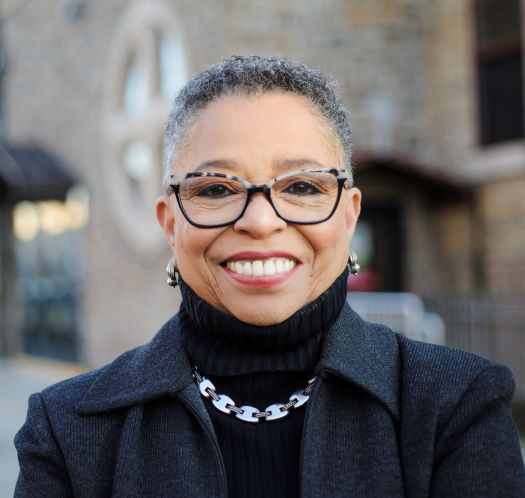
“Sharmain Matlock-Turner has never been afraid to confront seemingly insurmountable challenges in order to improve lives,” said Philadelphia Award Board Chair, Pedro A. Ramos. “While Sharmain’s career accomplishments are worthy of recognition, it was the courage of leadership she displayed throughout 2022 as a founding member of The Civic Coalition to Save Lives that made her a unanimous pick for this year’s award.”
2021
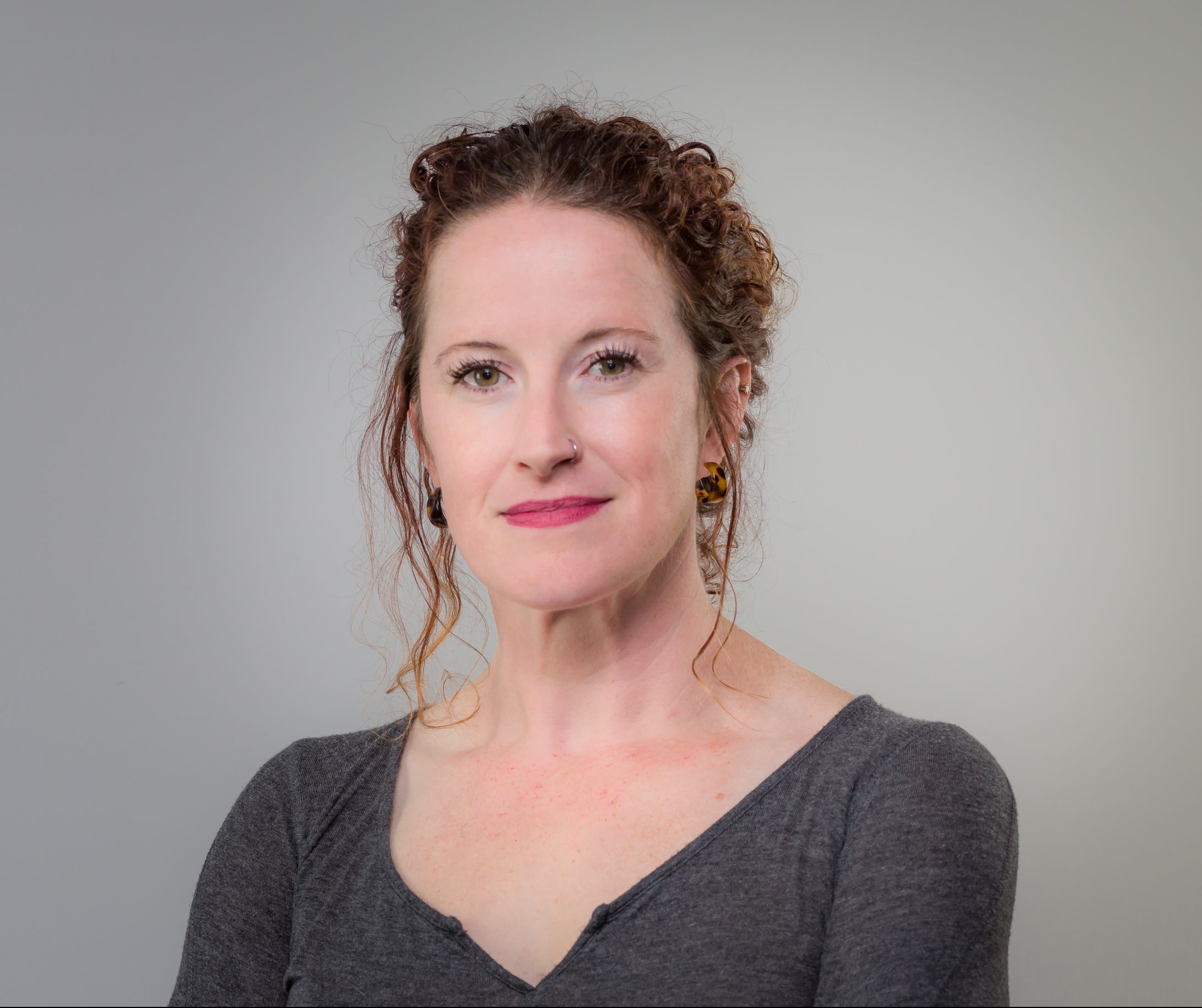
Creator of the idea that is now The Sunday Love Project. From modest beginnings distributing a handful of meals to over 2,000 meals per week, and now a thriving non-profit organization with paid full-time employees, dozens of volunteers, a van, a refrigerated truck (arriving this fall), and GREATER GOODS, a 2,000 square foot Community Pantry in the heart of Kensington to address food insecurity among low income and at-risk families. A fully volunteer position until 2019, I was responsible for volunteer recruitment, resource development, community partnerships, meal preparation, and direct meal service to unsheltered individuals experiencing homelessness. Our goal is to meet basic human needs of some of the most at-risk population in our region, offering food and love without judgment or obligation, serving the people where they are.
2020
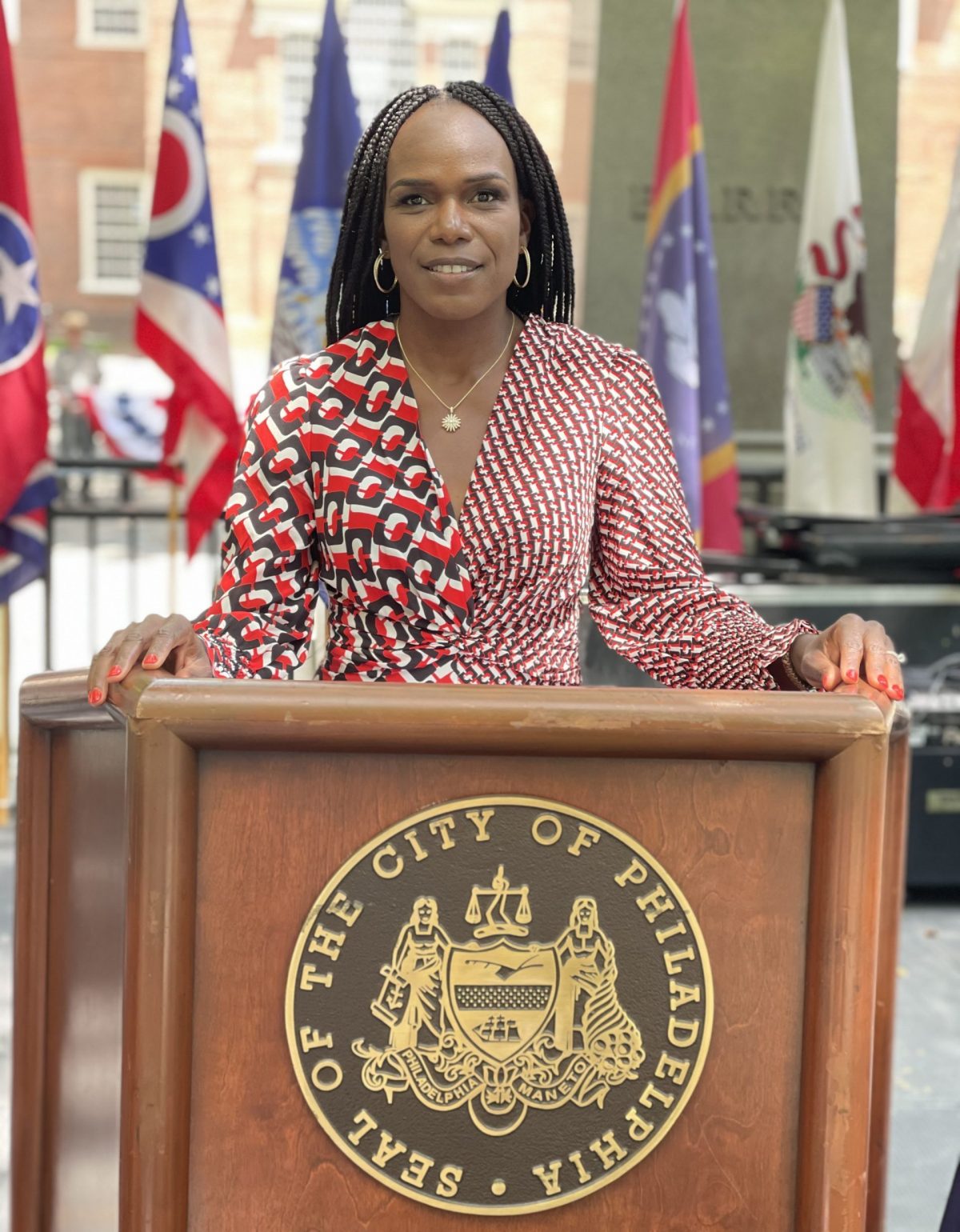
To say Dr. Ala Stanford took matters into her own hands during the COVID-19 pandemic would be an understatement. As she saw the disparate impact the pandemic was having on Black, Brown, and poor communities, she fully committed herself to reducing health care disparities by providing testing, treatment, and vaccinations to these underserved populations. As Dr. Stanford puts it, “The pandemic created the opportunity to bring clear focus and direction to start chipping away at the barriers to healthcare one neighbor, one test, one vaccination at time." Her efforts led to the creation of the Black Doctors COVID-19 Consortium, which has tested and vaccinated over 75,000 residents in Philadelphia’s minority neighborhoods.
2020

Born and raised in Philadelphia, Brian L. Roberts has spent the better part of his life vividly demonstrating his intimate connection to the City. From growing Comcast Corporation in Philadelphia to his corporate and personal philanthropy to support the City–and the nation at large–during the COVID-19 pandemic, Mr. Roberts’ unwavering commitment to improving the City and the lives of the people in it have earned him the centennial Philadelphia Award.
2019
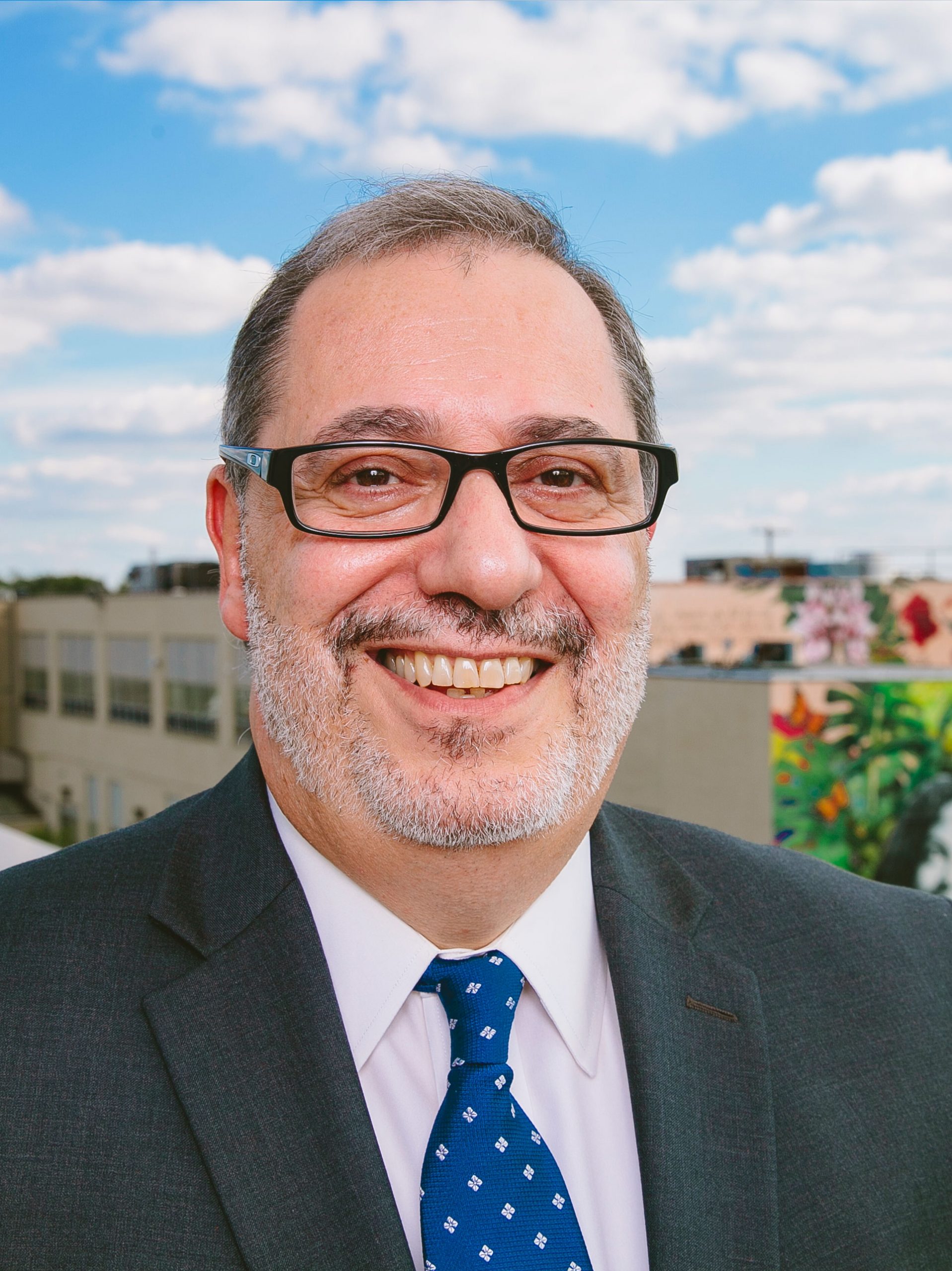
Reverend Luis Cortés, Jr. is the Founder, President and CEO of Esperanza, the premiere Hispanic faith-based Evangelical network in the United States. Driven by the biblical mandate to serve and advocate for “the least of these” (Matthew 25:40), Rev. Cortés founded Esperanza in 1986, with support from the Hispanic Clergy of Philadelphia. Today, with a national network of more than 13,000 Hispanic faith and community-based organizations, Esperanza is one of the leading voices for Latinos in America. Leading what began as a local initiative, with programs targeted to address the unmet needs of Philadelphia’s Latino community, Rev. Cortés is now sought by national and international leaders alike on issues of economic and workforce development, housing, immigration, and education. Under his leadership, Esperanza has grown from a small, 20-person operation to more than 450 employees and a $40 million annual operating budget.
Raised in Spanish Harlem, Rev. Cortés credits his childhood experiences, a stable family life and the Latino faith community for his commitment and determination to improve the conditions of the broader community. His life’s work is dedicated to empowering others to acquire a solid education and economic stability. Rev. Cortés graduated with honors from City College, NY, earned a Master of Divinity as an Urban Theology Fellow from Union Theological Seminary, and a master’s degree in Economic Development from Southern New Hampshire University. Rev. Cortés has received three honorary doctorates: two in divinity, from the Moravian Theological Seminary and Palmer Theological Seminary, and one in humane letters from Eastern University. He is now a Senior Nonresident Fellow for the Program for Research on Religion and Urban Civil Society at the University of Pennsylvania.
2019
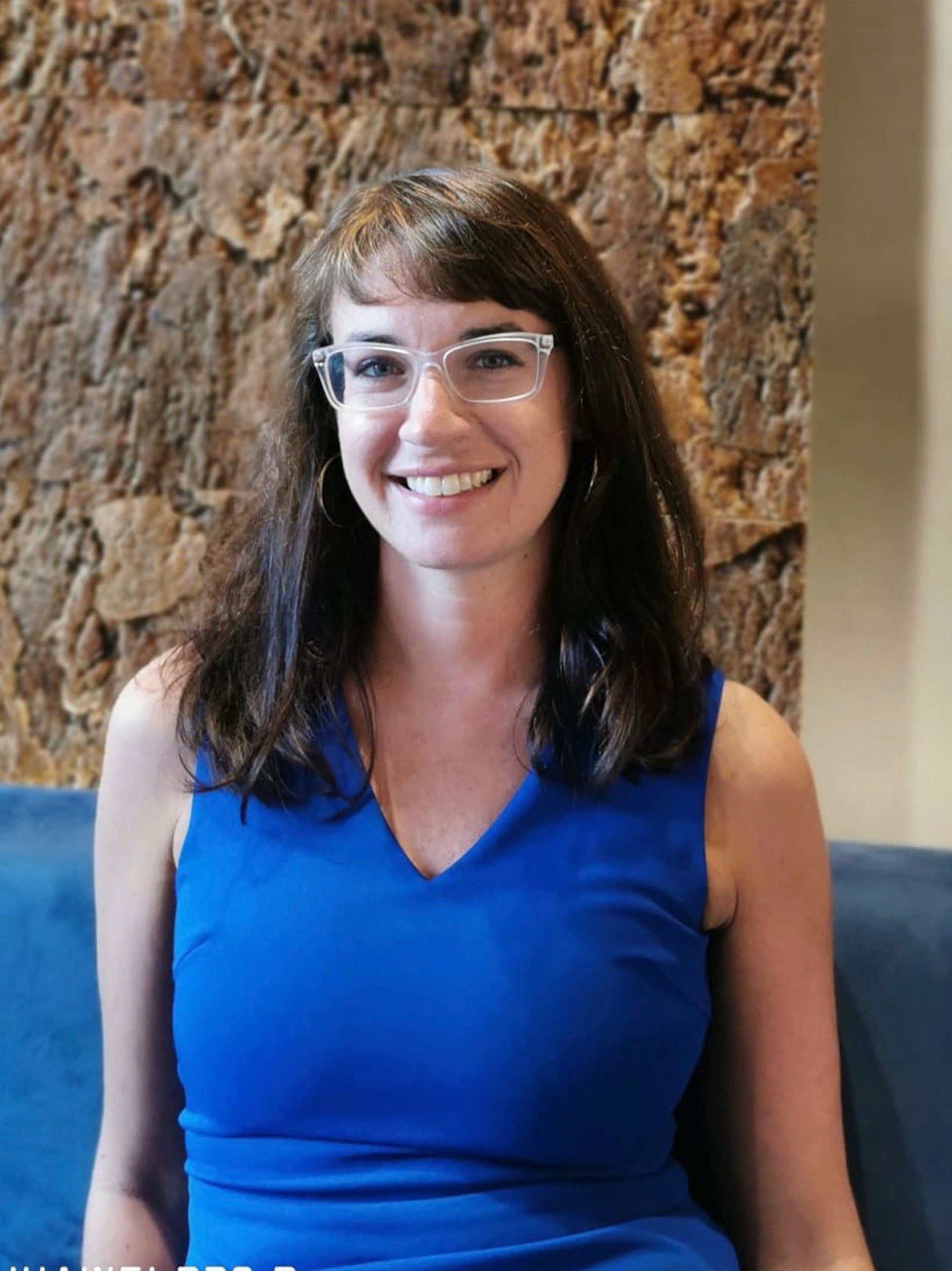
Nicole is a fourth generation Philadelphian who brings a decade of union and community organizing experience in Southeastern Pennsylvania working alongside low wage immigrants and workers to win improvements in their lives and build long-term social movements. Prior to founding the Pennsylvania Chapter of the National Domestic Workers Alliance, she was a union organizer with the Pennsylvania Association of Staff Nurses and Allied Professionals (PASNAP), where she organized nurses and healthcare workers across the state to form unions, build power, and win contracts that set state-wide standards for working conditions and patient care. At the undocumented-led New Sanctuary Movement of Philadelphia, Nicole organized to end deportations and family separation, resulting in Philadelphia historic "Sanctuary City" victory which ended police-ICE collaboration in the city. Previously, Nicole worked as the Housing Coordinator for the refugee resettlement program at HIAS Pennsylvania. She is the 2019 recipient of the Crystal Eastman Award from PhilaPOSH and is a member of the Coalition of Labor Union Women.
2019
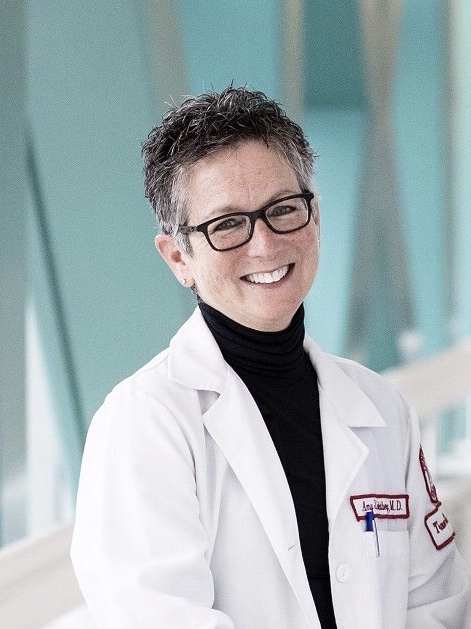
Amy J. Goldberg, MD, FACS, currently serves as Professor and Chair of the Department of Surgery at the Lewis Katz School of Medicine, Surgeon-in-Chief of Temple University Health System, Sr. Vice President of Perioperative Services at Temple University Hospital, and is a Director of the American Board of Surgery. Dr. Goldberg joined the surgical faculty of Temple University in 1993 and served in earlier roles as Chief of the Division of Trauma/Surgical Critical Care, the Medical Director of the Trauma Program and the Director of General Surgery Residency Program both for over a decade.
2018
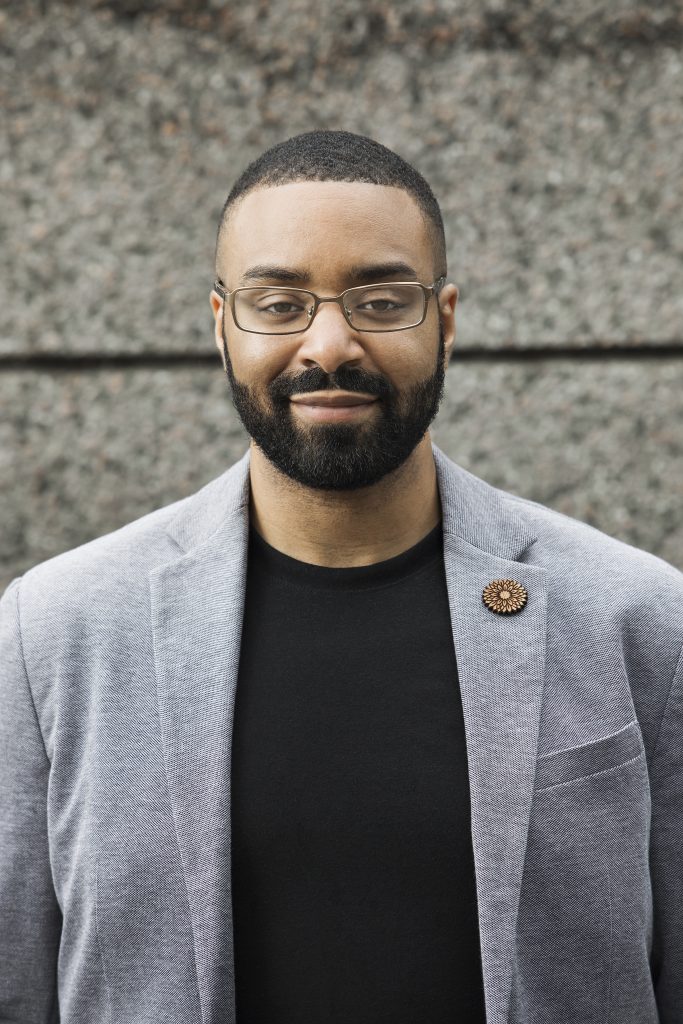
The mission of Coded by Kids is to ensure that every child has the support, resources, and opportunities to build the next Google, Microsoft, or Facebook, regardless of what they look like or where they come from. Because of the dominant role technology plays in our society, Sylvester believes that building a tech industry that is diverse, inclusive, and equitable is one of the most pressing issues we face today.
Under Sylvester’s leadership, Coded by Kids has grown from an organization that served fewer than 15 children in one Philadelphia recreation center to serving more than 650 students in schools and community centers in three states. Since 2014, Coded by Kids has built a scalable model for youth tech education that provides students with intermediate- to advanced-level software development, data science, and user experience design skills.
One of the differentiating aspects of the Coded by Kids model is that Sylvester is committed to ensuring that his students can use their tech skills to have a clear pathway out of poverty. It starts with building students’ confidence levels, helping them become more engaged in every level of school from elementary through college, and encouraging them to pursue careers in technology or to become tech entrepreneurs – no matter where they begin. Sylvester sets high expectations for himself and for his students.
Sylvester has received awards and recognitions for his work from multiple organizations, including the Philadelphia City Council, the Philadelphia Business Journal, The Philadelphia 76ers, Billy Penn, and Philadelphia Academies. Sylvester is a husband, a father of three, and a graduate of Temple University’s Fox School of Business. Having served for 12 years in three branches of the military – the Marines, Army and Air Force – Sylvester is a proud veteran of the war in Iraq. He is still inspired today by the Marine saying “No short cuts. No retreat. No surrender.”
2017
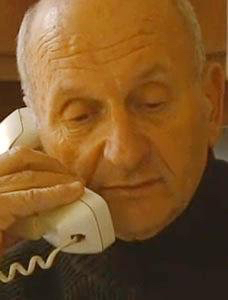
Virtually every LGBTQ organization in Philadelphia has benefited from Heifetz’s generosity, including the William Way LGBT Center whose mortgage he paid off in 2005. He is the founder and benefactor of the Philadelphia Foundation’s multimillion-dollar GLBT Fund of America. In 2017, Heifetz announced a $16 million endowed gift to the Philadelphia Foundation to support LGBTQ-serving organizations, including the Attic Youth Center, GALAEI, and the Trevor Project.
Heifetz was key to identifying the need and providing early philanthropic support to address the problem of LGBTQ youth homelessness. An instrumental early supporter, he helped to break ground on Project HOME’s new Gloria Casarez Residence, which will provide 30 LGBTQ-friendly affordable homes for young adults who are homeless, have experienced, or are at risk of homelessness, including those aging out of foster care.
Heifetz is also renowned for his public policy activism, and has been a major political contributor to candidates supportive of LGBTQ rights. His contributions have kept several HIV/AIDS nonprofits afloat, and at the peak of the HIV/AIDS crisis in the 1980s, he put countless uninsured people with the virus on his company’s health insurance plan.
Additionally, he formed a sustaining relationship with the American Civil Liberties Union (ACLU), which stems from a time when a coffeehouse owned by Heifetz – known for welcoming all people, including interracial and gay couples – was shut down by local police; ACLU attorneys defended Heifetz.
Born to working class Jewish parents, he began cleaning his parents’ hair salon and selling household products door-to-door with his father at age 9. An Eagle Scout, he later offered to buy the Boy Scouts of America’s Philadelphia headquarters for $1.5 million, at a time when the national Scouting organization excluded gays, so that the building could be given to a nonprofit that does not discriminate. Heifetz joined the Army at age 18 and was stationed in Germany; upon his return, he studied real estate for one year at Temple University.
Over his professional career, Heifetz has built several successful hospitality and residential businesses. He opened the city’s first gay hotel, The Alexander Inn, and owned three of the most prominent gay and lesbian bars in Philadelphia, as well as hotel and bar properties in Key West, Florida.
Among numerous community honors, he received the 2015 Humanitarian of the Year award from the William Way Center and the 2008 Equality Award from the Philadelphia Human Rights Campaign.
2016
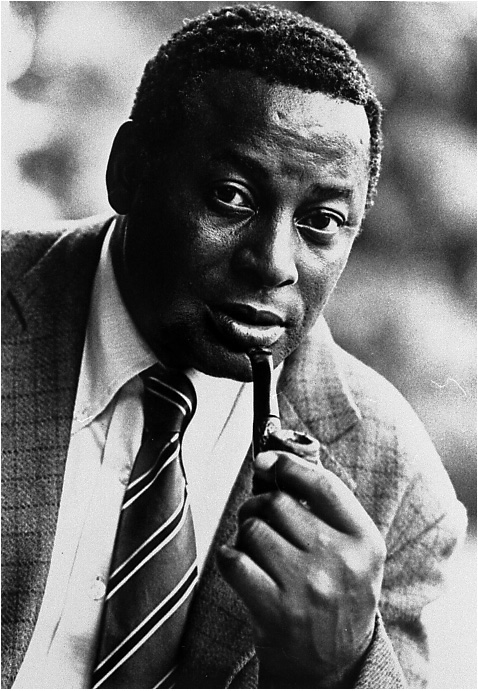
Blockson’s passion for history and books began at the age of nine when a teacher asserted “Negroes have no history”. That experience as a young child marked the start of a lifelong journey of unearthing, collecting, and preserving the history, culture, and contributions of African descendants. Over the years, his research and travels have inspired him to write 12 books on the topic, making him one of the foremost experts on the Underground Railroad
In 1984, Blockson donated his personal collection of rare publications and artifacts related to African American history and culture to Temple University. The Charles L. Blockson Afro-American Collection, one of the nation’s leading research facilities for the study of the history and culture of people of African descent, now contains more than 500,000 books, documents, and photographs.
Blockson is a co-founder of the African American Museum in Philadelphia. He has contributed books and other historical items to the Charles L. Blockson Collection of African-Americana and the African Diaspora at the Pennsylvania State University and the National Museum of African American History and Culture (NAAMHC) at the Smithsonian Institution. A recent donation to NAAMHC includes 39 of Harriet Tubman’s personal items – highlighted by the shawl that Queen Victoria presented to Tubman, the “crowing jewel” of Blockson’s collection.
Blockson has also spearheaded efforts to have various State Historical Markers placed throughout Philadelphia as part of the commemoration of the some of the history and events that have shaped the African American experience in the Philadelphia region, including a marker placed along Penn’s Landing, which commemorates the lives of enslaved Africans brought to local ports during the Pennsylvania slave trade era.
Blockson is a 1956 graduate of the Pennsylvania State University and has three honorary doctorate degrees from Lincoln University, Holy Family University, and Villanova University. He retired from Temple in 2006 and continues to serve as Curator Emeritus of the university’s Charles L. Blockson Afro-American Collection.
2015
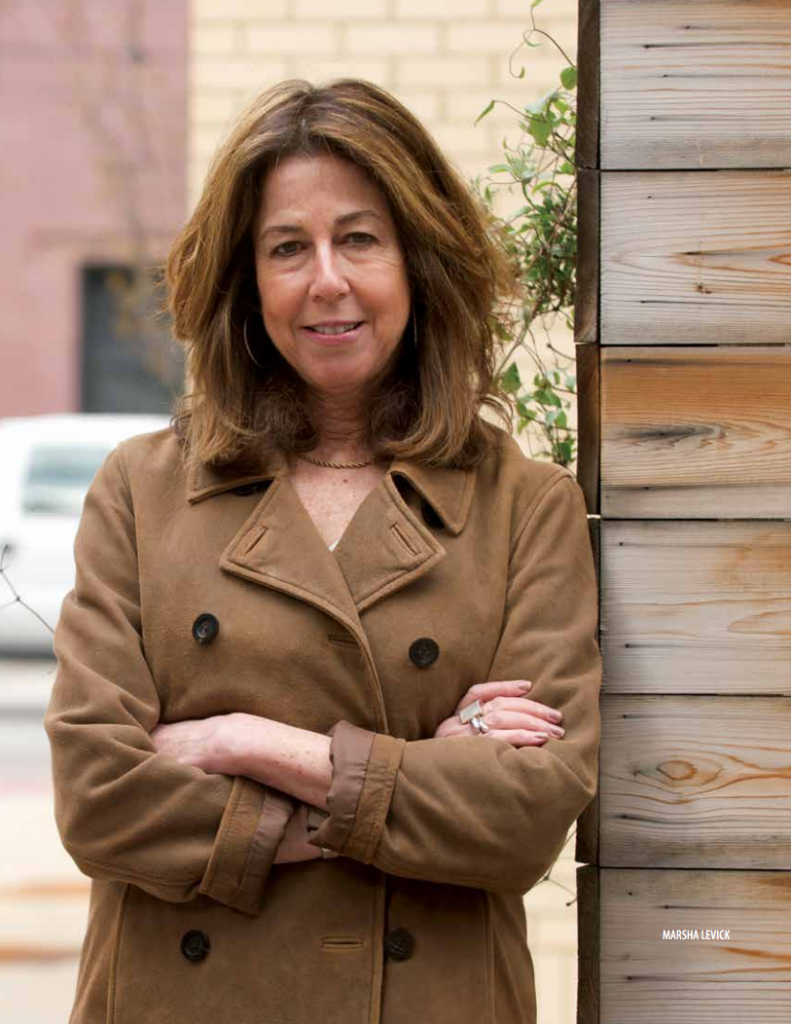
In addition to overseeing Juvenile Law Center's litigation and appellate work, she spearheaded the litigation arising out of the Luzerne County "kids fo cash" scandal winning the expungement and vacatur of thousands of these children's cases before the Pennsylvania Supreme Court.
She has authored numerous briefs in state and federal appeals courts throughout the county, including many before the United States Supreme Court, including Roper v. Simmons, eliminating the death penalty for youth; Graham v. Florida, eliminating life without parole sentences for juveniles convicted of non-homicide offenses; J.D.B. v. North Carolina, ensuring appropriate Miranda protections for youth in custody; and Miller v. Alabama, eliminating mandatory sentences of life without parole for youth convicted of homicide.
While the impact of Marsha Levick's recent work before the Supreme Court will ripple across the nation, the impact will be felt most profoundly in Pennsylvania and Philadelphia as the region incarcerates the highest number of youth sentenced to life without parole in the nation.
Marsha Levick's commitment, leadership and passion for protecting the rights and welfare of the children of Philadelphia - and the nation - exemplifies the vision and purpose of the Philadelphia Award.
Most recently, Ms. Levick also served as co-counsel in Montgomery v. Louisiana, where the Supreme Court ruled Miller to be retroactive.
2014
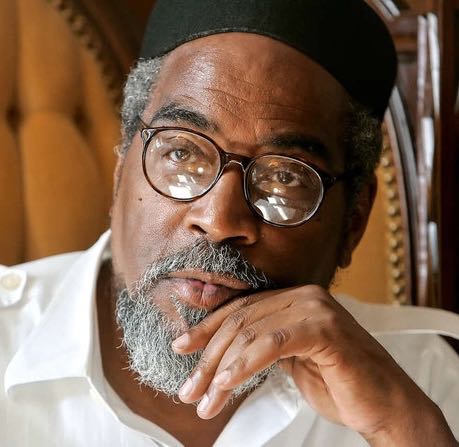
Beyond this imprint on Philadelphia with his musical genius, Mr. Gamble was moved to address the problems of this city's urban communities. His Universal Companies, one of the largest African-American real estate developers, has been a conduit for over $1.5 billion of real estate development and investment in extremely distressed neighborhoods.
Cognizant that education is essential to effectuate neighborhood transformation, his Universal Companies now educates over 5,500 students in 11 schools, primarily in South Philadelphia. Mr. Gamble was awarded the Philadelphia Award on May 6, 2015.
2014

Mrs. Roberts shares her passion for helping other and is a champion for empowering women, advocating for children in poverty and supporting the arts. She has been the director, producer and host of Emmy award winning television show "Seeking Solutions with Suzanne", and has provided sustaining support for the Philadelphia Theater Company.
Through her Suzanne Roberts Cultural Development Fund, she has encouraged theater and dance groups to share their creativity with schoolchildren.
The Roberts Proton Therapy Center at the Hospital of the University of Pennsylvania represents another of the Roberts family commitments to Philadelphia's renown as a city of innovation and cutting edge technology for the benefit of all. Together, Ralph and Suzanne Roberts have demonstrated their commitment to the transformation of Philadelphia through their lifetime of service.
The Philadelphia Award was presented to Mr. and Mrs. Roberts on May 6, 2015.
2013
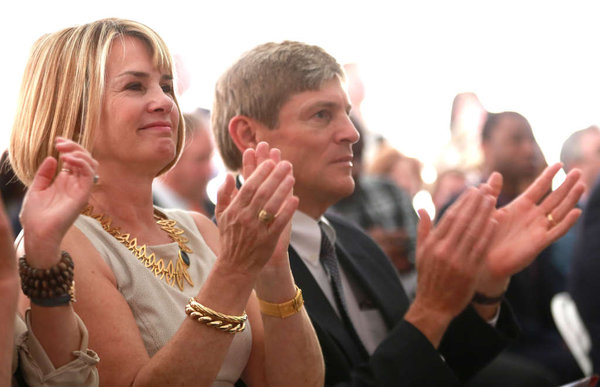
The Middletons are engaged philanthropists focused on education and workforce development, ending homelessness, and medical research. Their philanthropy ranges from supporting youth in North Philadelphia to backing research on neurological disorders.
The Middleton's bold vision and leadership helped create an unprecidented public private partnership which has given hope and opportunity to thousands of people and families experiencing homelessness. Their recent innovative gift to Project HOME served as the stimulus to generate further funding and support for what would become several multi-million dollar projects in North Philadelphia.
As champions in the area of education, the Middleton's investments support professional development, workforce and career training for inner city youth. They also focus on programs and resources directed toward the city's highest need schools
Their interest in building a healthier society has led them to underwrite comprehensive research in addictive disorders, depressive disorders, and neurological disease, such as Alzheimer's and Parkinson's. The goal of this interdisciplinary effort is to develop new science and to translate existing science into improved clinical care for patients.
In creating the Philadelphia Award in 1921, Edward Bok said "the idea of service as a test of good citizenship should be kept constantly before the minds of the people of Philadelphia". Leigh and John Middleton's actions embody the spirit of the Philadelphia Award as their generosity is helping to transform Philadelphia. Decades from now, our region will look back at their vision, leadership, and investment in our community with deep gratitude and respect.
2012
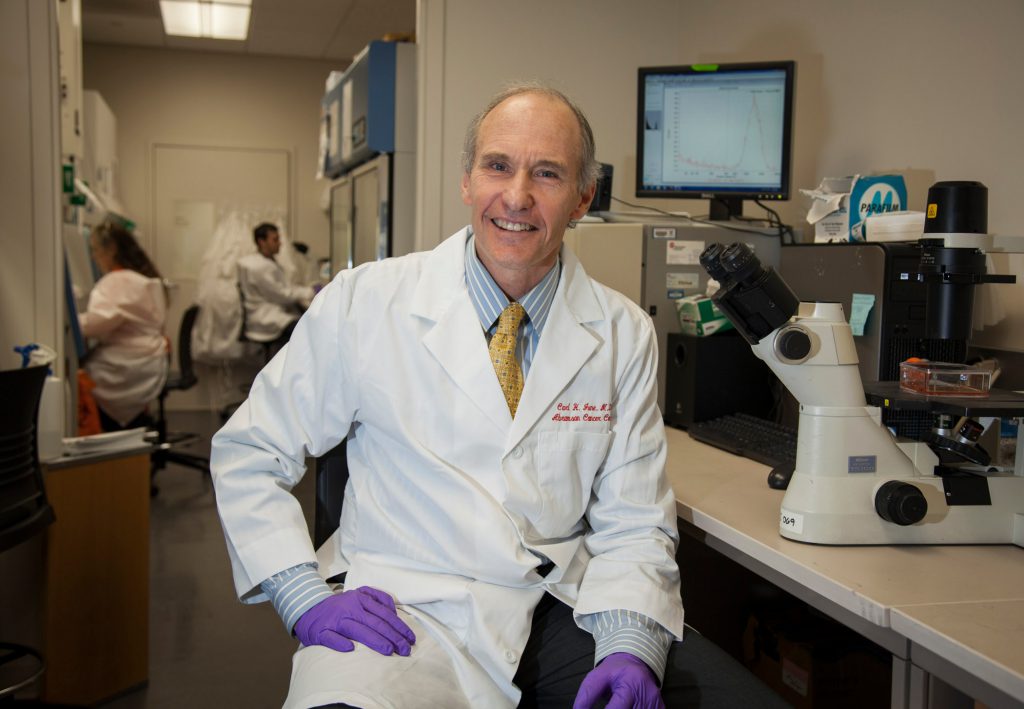
His team’s cancer gene therapy research has triggered vast professional interest and global media coverage in well over a thousand news outlets since its first round of groundbreaking results were published in August 2011 in the New England Journal of Medicine and Science Translational Medicine. Those papers detailed the world’s first successful and sustained demonstration of the use of gene transfer therapy to create designer T cells aimed at battling cancerous tumors.
Of the first three desperately ill chronic lymphocytic leukemia patients treated with the new approach, two went into complete remissions following their treatment; a third patient achieved a partial remission. Most recently, his team has presented more stunning results of the ongoing trial for patients with advanced blood cancers: of 12 patients treated with the protocol as of December 2012, nine – including two children with acute lymphoblastic leukemia – had responded, and still today, two of the first three adult patients in the trial remain healthy and in remission, more than two and a half years after their treatment.
The new cells’ persistence has held up, too – tests show the modified T cells are still circulating in their bodies, primed to attack new cancer cells if they reappear. The new treatment approach far exceeded the expectations of the Penn investigators and of other top cancer experts, who had been buffeted by years of false starts and disappointments in the field of cancer gene therapy.
Dr. June’s academic achievements include more than 300 peer-reviewed publications, election to the Institute of Medicine -- one of the nation's highest honors in biomedicine -- and the 2002 Lifetime Achievement Award from the Leukemia and Lymphoma Society of America. Dr. June is a graduate of the U.S. Naval Academy and Baylor College of Medicine. He completed graduate training in immunology and malaria at the World Health Organization in Geneva, Switzerland, and post-doctoral training in transplantation biology at the Fred Hutchinson Cancer Research Center.
He has received numerous awards and grants for his innovative work, including a Bristol-Myers Squibb Company Freedom to Discover Research Grant, the William B. Coley Award from the Cancer Research Institute, the Ernest Beutler Prize from the American Society of Hematology, and the Joan Miller and Linda Bernstein Gene Therapy Ovarian Cancer Award from the Alliance for Cancer Gene Therapy.
Recognized by his peers and leaders around the world, Dr. June’s cancer gene therapy research will forever impact the medical field and Philadelphians alike. Dr. June’s commitment and service to this work truly embodies the spirit of the Philadelphia Award.
2011
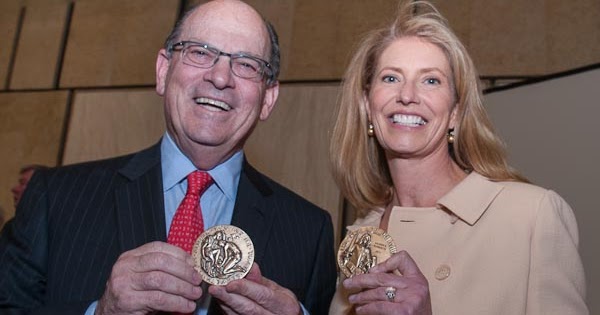
The Barnes Foundation was created in 1922 by Albert Barnes (1872-1951), making his magnificent art collection (rich in work by Matisse, Renoir, Cezanne, Picasso and other masters) available for public viewing and education. He hired the neoclassical architect Paul Philippe Cret (1930 Award) to design the elegant building, which showcased the collection on Barnes’s Main Line estate. An eccentric art enthusiast and chemist who made his fortune by developing the anti-gonorrheal drug Argyrol, Barnes had strong views on how his collection should be viewed, which he stipulated in the indenture of trust setting up the foundation.
In 2002 the board of the Barnes Foundation decided that, to uphold the foundation’s mission of public accessibility as set out in the trust, they had to challenge the provisions in the indenture requiring the collection to be viewed as it was installed in Merion. Residents had long complained of tour buses in the affluent neighborhood, and the membership and number of visitors to the financially struggling foundation were a fraction of what it could be in the city. The following year, Neubauer and Roberts were appointed to the board, as part of a campaign to revitalize the Barnes.
Neubauer and Roberts stood bravely in the face of virulent opposition from the Friends of the Barnes and other opponents of the proposed move, who contended that the invaluable Barnes experience could only be had by visiting the galleries and arboretum on the 12-acre Lower Merion estate. The issue played itself out in Montgomery County courtrooms, ending on October 5, 2011, when the Friends of the Barnes decided not to appeal the second decision (the first in 2004) of Judge Stanley Ott authorizing the change of venue.
Joseph Neubauer was born in Israel after his parents fled Nazi Germany. At the age of fourteen, he immigrated alone to the United States to further his education while living with his aunt and uncle in Danvers, Massachusetts. He learned English by watching John Wayne movies. Neubauer earned a Masters degree in Business Administration from the University of Chicago. From 1965 until 1979, Neubauer held various executive positions at Chase Manhattan Bank and PepsiCo. Since 1983, Neubauer has been the chief executive officer and board chairman of ARAMARK, a leading provider of facility, uniform, and food services to businesses, sports venues, schools, hospitals, and universities. In 2012 the company had over 250,000 employees in 22 countries. The Neubauer family established the Neubauer Family Foundation, which has funded fellowships in numerous universities and contributed to many cultural institutions, including the Philadelphia Orchestra and WHYY.
As vice chair of the board and head of the development committee of the Barnes Foundation, Neubauer employed his characteristic ebullience to persuade potential donor -- individuals, corporations, and foundations -- of the wisdom behind the proposed move. While readily conceding that the “fantastic collection” would attract some visitors even “if we put it in a Quonset hut,” Neubauer argued that the planned creation of a much more accessible space adhered to Barnes’s original vision. Barnes had been alienated from the stodgy art establishment of early 20th Century Philadelphia, whose conservative tastes did not embrace the work of the impressionists and early modernists. In the spirit of Barnes, the new museum would include ample space for the work of contemporary artists. Barnes had established his foundation to educate “the working classes,” rather than cater to Philadelphia’s social elite. The new museum would have extensive educational programming, which together with its central location, would bring art and art appreciation to an immensely larger number of people. The museum would be a boost to Philadelphia as a tourist location, establishing an art corridor on the Parkway of the Barnes, the Rodin Museum, and the Philadelphia Museum of Art.
Aileen Roberts, a philanthropist and civic leader, studied architecture and design at North Carolina State University and the University of Pennsylvania. Roberts is the president of the Aileen and Brian Roberts Foundation, and is a leading board member of the Children’s Hospital of Philadelphia. She has served on the boards of the Franklin Institute, the Avenue of the Arts, and the International House. Her husband is Brian Roberts, chairman and chief executive officer of Comcast Cablevision, a Fortune 100 company. Roberts has been a planner and volunteer for Project H.O.M.E., an activist group that provides services and lobbies on behalf of the homeless. Roberts and her husband, together with Lynne and Harold Honickman, were honored for funding the group’s $13.5 million learning center in North Philadelphia, providing computer labs and other services to help homeless people turn their lives around.
As chair of the board’s building committee, Roberts oversaw the selection of the architects and architectural plan. In an interview in the Philadelphia Inquirer, Roberts reflected that the project was “enormously complicated,” because of “site constraints, budgetary demands, and the mandate to replicate the Barnes galleries.” Architects and academics were widely consulted by Roberts and her colleagues. To find the right architect and design, Roberts inspected (by her own count) 25 to 30 museums in America and Europe “to see what was the newest, latest, and greatest that we could do.” In 2007 the exhaustive search ended with the selection of architects Tod Williams and Billie Tsien.
Completed in early 2012, the museum is a two-story, 93,000-square foot building, with a 12,000-square foot space housing the original Barnes collection, closely replicating the unique, densely hung galleries of the museum in Lower Merion, as stipulated in the trust. The building features a 5,000-square foot Special Exhibitions Gallery, classrooms, auditorium, conservation lab, research department, gift shop, and outdoor café. Roberts described the design features which reflected, and even enhanced, the closeness to nature of the Barnes experience in Lower Merion: “Set in generous gardens with walkways and water features, this dignified building has a unique glass canopy that will filter natural light into the galleries during the day and by night will be a softly glowing beacon.” Moreover, the Barnes estate in Lower Merion would remain open to the public, featuring the foundation’s famed gardens and horticultural program.
An admirer of the sculptor Ellsworth Kelly, Neubauer commissioned the construction of Kelly’s sculpture, The Barnes Totem. The 40-foot stainless-steel totem, outstretched toward the sky, is stationed near the entrance of the museum, facing a pool lined with ten red maples. Neubauer declared that the sculpture was a welcome sign to the visitors and passersby of the museum.
2010

Bast grew up in a middle class family in Wayside, New Jersey. After graduating from the University of Pennsylvania, Bast started a career in business development and marketing for medical companies, married, and gave birth to her first child in 1988. Then, her health began to fail.
For years, Bast suffered from numerous, painful symptoms. She experienced hair loss, tooth decay, extreme fatigue, chronic migraines, canker sores, diarrhea, bloating, gastrointestinal pain, and tingling sensations in her fingers and toes. After one stillborn child and three midterm miscarriages, the 5-foot 9-inch Bast weighed just 105 pounds and kept getting sicker. Her second daughter was born seven weeks premature and weighed two pounds. In the decade since her symptoms had begun, Bast visited 22 doctors, none of whom correctly diagnosed her.
Finally, a veterinarian suspected that Bast’s symptoms were food-related. A simple blood test confirmed the diagnosis of celiac disease. An estimated 3 million Americans of all races, ages, and genders suffer from celiac disease and a staggering 95% of celiacs (people with celiac disease) are undiagnosed or misdiagnosed. A pharmaceutical cure for the disease has not been found and the only treatment is a lifelong gluten-free diet.
In 2003, Bast founded the National Foundation for Celiac Awareness (NFCA) with a dual mission: to increase awareness of celiac disease in order to make early diagnosis standard, and to raise funds to support medical research and education. While the NFCA is not the only organization to support celiacs, Bast’s initiatives are the first to actively work to diagnose them. Since the establishment of the NFCA, the rate of diagnosis has dropped significantly from eleven to six years.
To increase early diagnosis, Bast joined forces with area hospitals to create celiac centers which treat patients throughout the region. With a grant from the National Institutes of Health in 2004, Bast organized an international medical advisory board to help physicians diagnose celiac disease more quickly. She produced free online resources about celiac disease, through which primary-care physicians can earn continuing medical-education credits by studying.
Bast and the NFCA then challenged the food industry not only to produce more gluten-free food, but also to make it less expensive and more widely available. In 2006, she consulted with Anheuser-Bush in launching their first gluten-free beer and worked with Whole Foods, Wegmans and Walmart to develop their gluten-free lines. The NFCA also introduced a program which trains chefs and restaurants to prepare gluten-free food. Bast declared Philadelphia to be the first Gluten-Free Neighborhood in America, because of her organization’s success in educating the area’s doctors and food industry; all major Philadelphia sports teams offer gluten-free concessions at every game.
Bast was chosen as the recipient of the 2010 Award for her “tireless passion for health and education [that] has shined light upon a disease that went undiagnosed for decades.” The award recognized “her drive to bring relief and treatment to those dealing with celiac disease in Philadelphia and throughout the world—no matter their financial background.”
2009
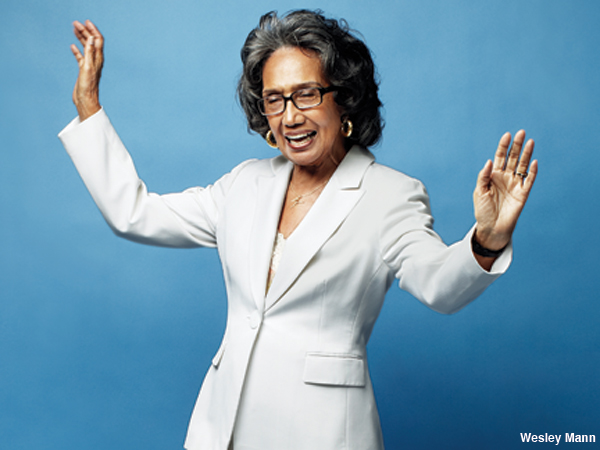
Early in her career, Brown went “where the money was,” touring as a member of dance revues for Cab Calloway, Pearl Bailey, and Sammy Davis, Jr. Yet, this was not the type of dancing she wanted to do. In 1960 Brown started her own dance school in West Philadelphia called the Philadelphia School of Dance Arts. The school grew quickly, attracting primarily African-American students, including many from low-income homes. Brown became frustrated as many of her most exceptional students quit or moved to New York City because Philadelphia lacked opportunities. So, in 1970 Brown and Mary Sherrill started the Philadelphia Dance Company, better known today as Philadanco, as a vehicle for professional success for minority dancers. At its outset the troupe consisted of 17 star pupils from her dance school. As artistic director and chief administrator, Brown was responsible for selecting and guiding the dancers and choreographers, raising funds and controlling expenses, and securing venues for performances. After one year of operation, the budget for her entire company was only $15,000. In 1982 Brown moved the company from its small, confining quarters at 6249 Market St. to a new location at 9 Preston St. in University City, with three spacious studios, dressing rooms, offices, and a small performance center.
From its inception, Philadanco was a modern dance company, but ballet, tap, jazz and African dance were incorporated into many of their performances. The company has always been racially integrated, but the majority of the dancers are African-American and many of its dances express themes related to the black experience. The music is as eclectic as the dance styles—a typical evening performance consisting of three or four dances might include classical music by Bach, Berlioz and Tchaikovsky; classic jazz by Duke Ellington and Charles Mingus; rock by Santana and Prince; soul music by Aretha Franklin and the Supremes; and African music and rhythms. Philadanco is often praised by critics for its “rocketing energy” and adventuresome choreography. Symbolic of its artistic triumph, Philadanco was chosen as the resident dance company at the Kimmel Center in 2000.
Brown was crucial to this success. She created an atmosphere in the company that was supportive and familial, where the dancers often called her “mom” or “Aunt Joan.” At the same time, she pressed hard for the dancers to achieve ever more. Brown set the artistic tone—daring, diverse in style, technically challenging, and entertaining. She kept the books balanced and was a superb fundraiser. Typically, she worked 12 to 14 hour days. Brown is invariably described as extremely energetic, enthusiastic, and charming, with an “iron will.” When presenting the Philadelphia Award in 2009, Donald Parks praised Brown for breaking down racial barriers in dance, and for her influence having “touched countless individuals over the years.”.
2008
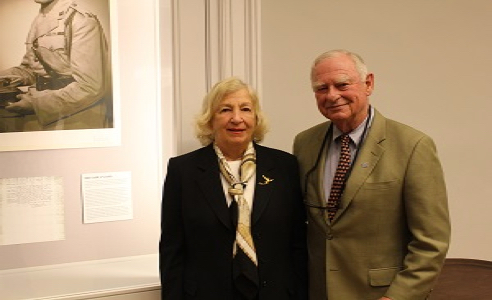
The Lenfests earned the 2008 Philadelphia Award in recognition of their “generous support of many of the city’s civic and cultural institutions, including the Art Museum, the Curtis Institute, and the Kimmel Center.” Pew Charitable Trust president Rebecca W. Rimel stated, “I don’t think…any other two individuals have stepped up in such a bold fashion and have given so much of themselves and their resources to not only making Philadelphia a rich community, but also the role that they have played on a national stage.”
In 1974, Gerry Lenfest borrowed $2.3 million dollars and bought a cable business with 7,600 subscribers in Lebanon, Pennsylvania from Walter Annenberg’s media company, Triangle Publications, where he managed Seventeen magazine and worked as a staff attorney. The couple, who were in their 40’s and had three young children at the time of the acquisition, operated the business, literally, at the kitchen table of their home. Marguerite reflected on their foray as entrepreneurs: “We had confidence in ourselves. He was a lawyer and could always go back to that. I was a schoolteacher and could go back to that. . . I don’t think we analyzed things the way they do today.” Over the years, Suburban Cable was transformed into one of the nation’s largest “cable ‘clusters.’” At the time of the sale to AT&T in the late 1990’s, the Lenfests’ cable business was the Philadelphia region’s largest with 1.2 million subscribers.
Although the Lenfests have made donations to causes throughout the world, several organizations in Philadelphia and the surrounding area have greatly benefited from their largesse. Gerry oversees the couple’s largest gifts, and has conceded that he is “the more impulsive and liberal giver,” whereas Marguerite “is the more practical and conservative giver” who tries to measure the impact of the gift on the recipient before making a decision..
By 2009 the Lenfests had given away or committed close to an estimated $800 million. The Chronicle of Philanthropy announced in its 2008 annual list of top charitable donors that Gerry and Marguerite Lenfest had given away nearly $140 million – “more than all but five other living individuals or couples” at that time. Most of the Lenfests charitable contributions have been committed to artistic, cultural or educational institutions.
The Lenfests decided against setting up a perpetual foundation, because so often foundations stray from the vision and priorities of their founders. The couple set up a charitable foundation to give away “every last penny” within twenty years of the last one’s death. They will not bequeath any of their money to their three children, who each earned a fortune of their own from the sale of their ownership in the family business. In fact, taking a cue from their parents, the children have all set up their own foundations.
Gerry Lenfest says of his philanthropy: “There is a lot of pleasure in life just to have your funds go the way you feel it will provide the most good.”
2007
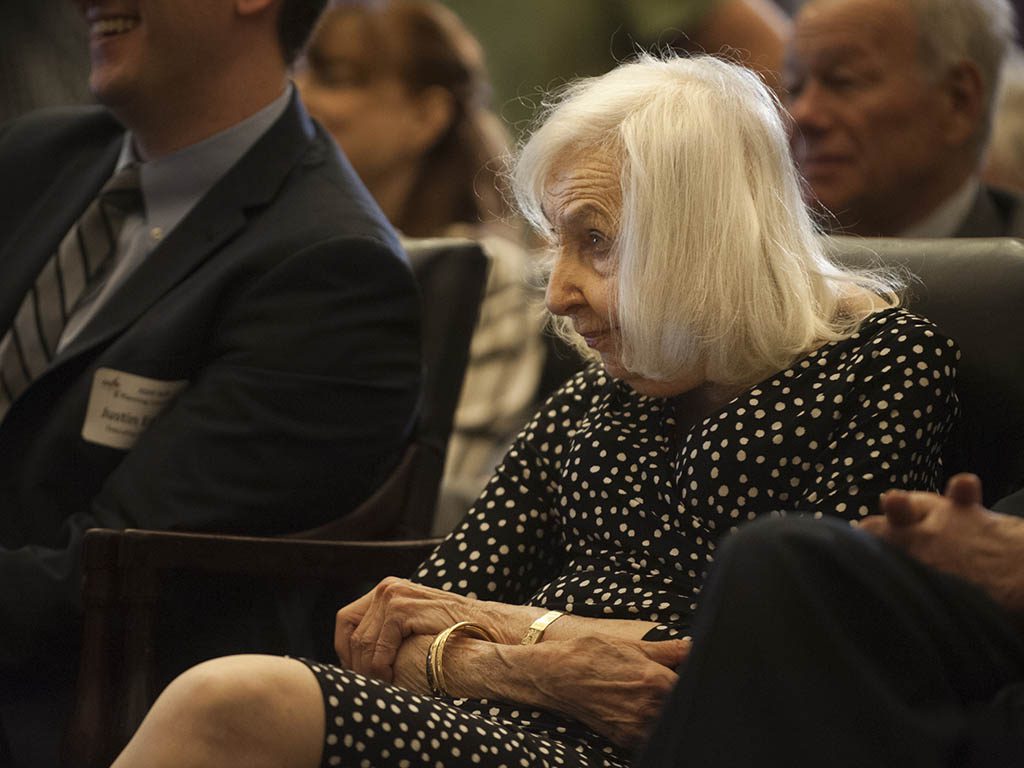
Mattleman was raised in the Wynnefield section of Philadelphia. Her businessman father and homemaker mother instilled in her the belief that “what was important in life … [was] that sense of giving back.” Mattleman earned her Ph.D. in Education from Temple University, where she also taught for 18 years as a professor of reading and language. Her educational expertise and civic-minded personality allowed her to make an easy transition from academia to the government and non-profit sectors.
In 1984, Mayor Wilson Goode appointed Mattleman as executive director of the Mayor’s Commission on Literacy. Over half a million people in Philadelphia were estimated to be functionally illiterate (reading at a fourth grade level or less), a situation Mattleman said reflected a “national emergency” of adult illiteracy. Mattleman had full access to a supportive mayor, and raised over one million dollars, mainly from foundations, for the commission’s work during its first year.
Mattleman organized tutoring programs that trained volunteers to teach the city’s illiterate population. Her office in the City Hall Annex was always open to anyone who hoped to learn how to read. She persuaded churches, corporations, and various other organizations to establish teaching sites in their buildings to combat illiteracy. Mattleman’s innovative computer based tutorials assisted instructors, and an electronic networking program enabled literacy groups to exchange information. By the fall of 1985, the city had 200 sites throughout the city where volunteers tutored adults. The program’s success established Philadelphia as a leader in the fight against illiteracy.
In 1989, Mattleman, with a worthy successor in place as executive director of the commission, founded the Philadelphia Futures Program, in affiliation with the Philadelphia Urban Coalition. Her Philadelphia Futures Program matched up students with donors and mentors to help the students (in Mattleman’s words), “prepare for college and the world of work.” The mentors offer guidance and a positive role model, while donors provide up to $2,000 of financial support for each year of college. The efforts of Mattleman and the Philadelphia Futures program were nationally recognized by President Clinton at the White House in 1994.
Mattleman resigned from the Philadelphia Futures Program in 1997, explaining at the time, “I love start-up, I love new challenges.” She quickly accepted a new challenge in response to President Clinton’s America Reads Challenge in 1998. Mayor Ed Rendell named Mattleman to be the executive director of the Philadelphia Reads program. She drummed up the necessary financial support to implement the “100 Book Challenge,” which challenged students (kindergarten through third grade) to each read 100 books over the course of the school year. Mattleman launched a citywide “Books Not Guns” campaign to provide books to students who lacked books at home.
In 2002, Mattleman founded After School Activities Partnerships (ASAP), which established activities for students, ranging from debate teams and chess clubs to dance clubs and yoga. Once again, Mattleman raised an army of volunteers to provide valuable services. After winning the Philadelphia Award in 2007, Mattleman commented, “When you have a kid go to college who never thought they could, or learn to read, or win a chess tournament…it’s wonderful to see.
2006
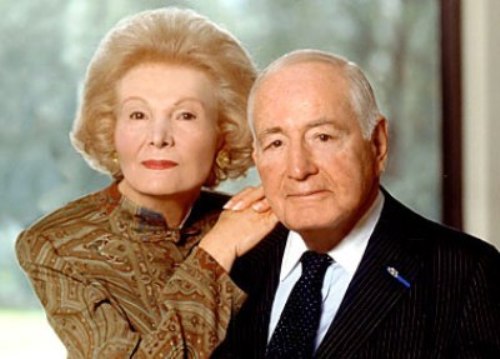
Leonore and her husband were “partners in philanthropy.” After his death Annenberg became trustee emeritae of the Metropolitan Museum of Art in New York and served on the boards of the Philadelphia Museum of Art, the University of Pennsylvania, and the Philadelphia Orchestra. She took, perhaps, a more active role in Philadelphia’s cultural life than did her husband. When he was asked why he did not leave his art collection to the Philadelphia Museum of Art, he replied “I happen to believe that strength should go to strength.” About the Philadelphia Award, Leonore Annenberg said: “Civic opportunity and responsibility are the core of a successful democracy. It is a delight to see this great city flourish as a world-class center for the arts, education, and medicine.
Prior to receiving the award (there are those who speculate she received the 2006 Award specifically because of this fact), Mrs. Annenberg was instrumental in preventing Thomas Eakins’ masterwork, The Gross Clinic, from leaving Philadelphia by pledging $10 million. She committed the foundation for $30 million to relocate the Barnes Foundation from Lower Merion to Philadelphia. She directed over $6 million to the National Constitution Center and was generous to the institutions on whose boards she sat.
Leonore Annenberg changed the Philadelphia social scene “through charm, a mastery of the art of hostessing, and a thick and ever-open checkbook.” Earlier in 2007, at the Academy of Music’s 150th anniversary gala, the 89-year old Annenberg, taking a cue from the academy’s own nickname, said: “I feel like the grand old lady of Locust Street.” But very few “grand old ladies” are known to watch Jeopardy with dinner served on tea trays, which she did.
2005
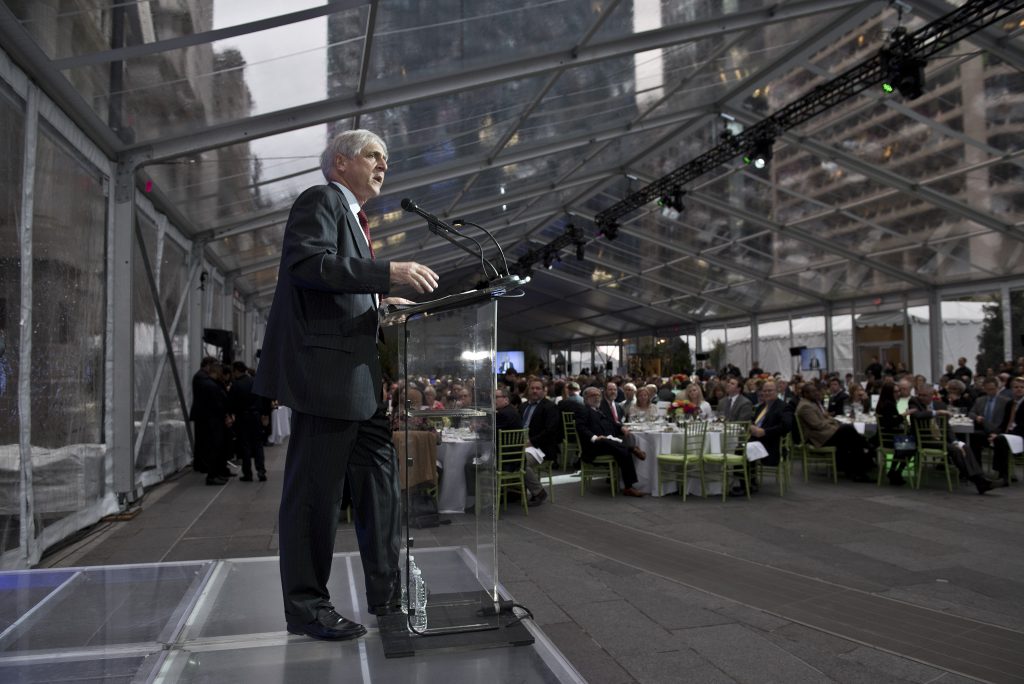
Levy was born in Newark, New Jersey, and grew up in a nearby suburb. While a Ph.D. student in history at Columbia University, Levy worked as a teacher at public schools in Brooklyn and the Bronx. “The subways were sweltering and smelly. Crime was a reality that cut very close and very personally,” Levy recalled. “It was not a great time for cities.” After being laid off due to budget cuts, he fled the city and moved to a farm in rural New York. Almost five years later, Levy visited Philadelphia during the 1976 Bicentennial celebration and, impressed by the city’s historic preservation efforts, moved to the city (as he said) “on impulse and without a job,”
Not much else about Philadelphia impressed him. As Levy later explained, “Dirty, graffiti-covered streets, a public environment in disarray, broken car windows, aggressive panhandling all send the message that no once cares; that no one is in charge.
Levy worked as a director at the Institute for the Study of Civic Values, the city housing and parking authority agencies, and the University of Pennsylvania’s real estate department. Since 1979, Levy has also been a lecturer at the University of Pennsylvania.
In 1990 Levy began his tenure as executive director of the Central Philadelphia Development Corporation (CPDC). With the CPDC, Levy organized numerous advocacy and planning initiatives to promote business development and improve the quality of life for residents, including a master plan for the cultural and residential development of the Benjamin Franklin Parkway.
Soon after, Levy became the founding executive director of the Center City District (CCD) and has led the organization since 1991. The CCD is a corporation of business owners and commercial tenants, partnering with the City of Philadelphia to keep Center City clean, safe, and thriving. The starting point and linchpin of the group’s work, Levy believes, is security and cleanliness. The CCD’s ubiquitous street sweepers, with their attractive turquoise-colored uniforms, have transformed downtown from litter-strewn to pleasant and neat, aided by their regular power washing of the sidewalks. The street crew also provides information to the public and reports criminal and suspicious activity to the police. Under Levy’s leadership, the organization has added numerous streetlights, hundreds of new signs and maps, and over one thousand new trees and planters. The CCD also supports anti-graffiti campaigns and programs to help the homeless.
Levy worked as a director at the Institute for the Study of Civic Values, the city housing and parking authority agencies, and the University of Pennsylvania’s real estate department. Since 1979, Levy has also been a lecturer at the University of Pennsylvania.
During the CCD’s first fifteen years, serious crime in Center City was cut in half, petty crime decreased by 80%, sidewalk illumination doubled, and the number of fine-dining restaurants increased by 219%. The residential population reached 88,000 as 110 non-residential buildings were converted into 8200 housing units. Levy described these efforts as “laying the foundation today for expanding the revival across the entire city and region.
Charisse Lillie announced that Levy was the recipient of the Philadelphia Award for his “continuous flow of ideas, leadership, and attention to the development and improvement of the Center City landscape…the paradigm of special services districts is now expanding to other neighborhoods and across North America and Europe.
In response, Levy declared: “I am extraordinarily honored to receive this award and accept it on behalf of 100 uniformed staff of the CCD who have worked each day since 1991 to make Center City clean, safe, and attractive.
2004
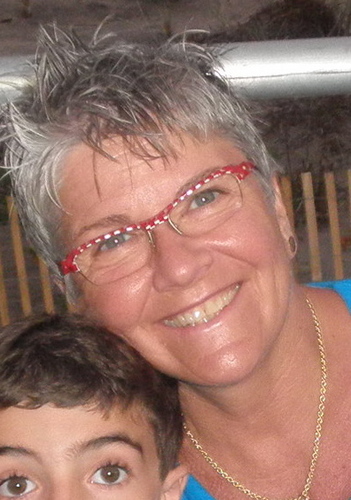
Anative of Louisville, Kentucky, Guard was a teenager when her family moved to Washington, D.C. Her father was a Senate staffer with “a deep commitment to social justice;” her mother was a concert pianist. A sociology major at Trinity College, Guard has joked that she partied harder than she studied. By the age of 30, Guard was divorced with two children, relying on food stamps to feed her family. Fortunately, she received a scholarship to Bryn Mawr College, where she earned two Master’s degrees, relating to social work and public policy.
Guard developed policy for the Pennsylvania department of welfare for five years. She had some positive influence on legislation, but (according to a profile by Philadelphia Inquirer columnist Monica Yant Kinney)“she felt disconnected from the people she wanted to help, and disgusted by the ‘egotistical, arrogant, self-important geniuses,’ with whom she dealt in Washington, who made decisions for the poor but did not seem to know or talk to them.”
In 1983, Guard began working as director of the People’s Emergency Center, which provided hot meals and shelter on the weekends to a half-dozen homeless families, at the Asbury Methodist Church in West Philadelphia. Homeless families are largely invisible to the public, since they usually live in shelters and are not panhandlers. The center serves mothers with children, as well as a smaller number of teenage girls without children. Typically, the mothers who live at the center are under twenty-one, have never held a job, read at a fourth grade level, and have been abused as children.
Guard took a tough but compassionate approach to managing the PEC. She established strict rules—no drinking, no drugs, no stealing. Residents are allowed about ten dollars out of their welfare checks for spending, and the rest must be saved for rent money when they leave. The shelter is “transitional” housing, with the expectation that residents will leave within a year. Guard’s approach is effective---90% of residents do not return to homelessness.
This firm approach is combined with Guard’s conviction that homeless persons usually require extensive social services to turn their lives around. Consequently, the center has developed many of these services, including parenting classes, job training and placement, drug and alcohol counseling, and case management by social workers. All this is expensive, but Guard argues, “You get what you pay for.”
In 1990 Guard moved the People’s Emergency Center from its cramped quarters to a spacious, renovated factory at 39th and Spring Garden streets. Two years later, Guard raised the funds to renovate 30 abandoned row houses, which were made available to homeless families at an affordable price, provided that the parent completed “life skills” and mortgage management classes, saved $3000, and held a job for 18 months. By 2010, the PEC had renovated 200 subsidized housing units near the center, and started 25 neighborhood businesses.
An exceptional fundraiser, Guard raised $125 million while heading the People’s Emergency Center, ending with a $7 million annual budget, over 90 employees, and a remarkable vision. When receiving the Philadelphia Award, Guard expressed her hope that one day Philadelphia would be “the first place in the country where all citizens can elevate themselves and prosper.”
2003
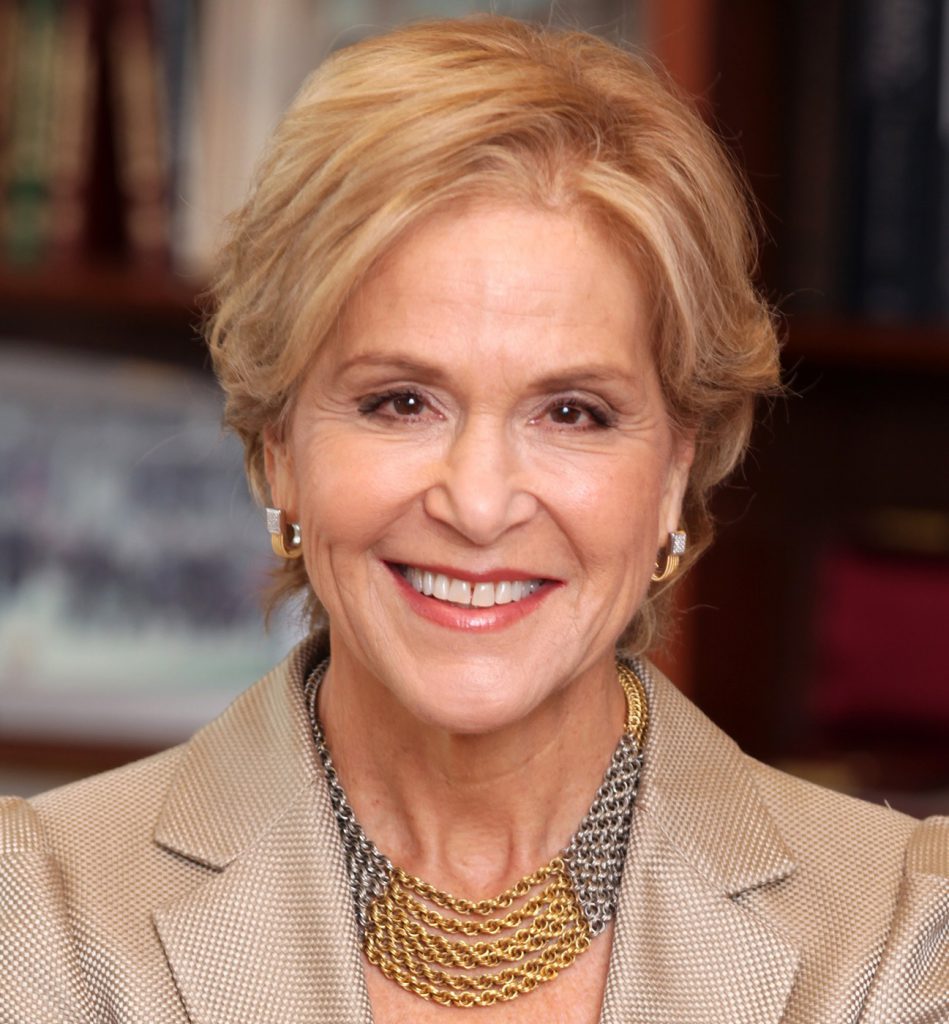
Improving the area around Penn would make that community a more desirable place for Penn faculty and students to live, enabling the continued growth of the university, while (hopefully) making it a better place for the community’s non-academic residents as well.
Raised and educated in West Philadelphia, Rodin attended Girls High School and Penn, completing a B.A. degree in psychology (1966). With a doctorate in psychology from Columbia University, Rodin began her professional career as an assistant professor of psychology at New York University. She soon transferred to Yale University where she spent the next 22 years of her career, moving from assistant professor up to chair of the Psychology Department. An award-winning researcher, Rodin was a pioneer in combining the insights of behavioral medicine and health psychology, studying obesity, eating disorders, and women’s health and aging.
Rodin was named dean of Yale’s Graduate School of Arts and Sciences (1991) and promoted to provost (1992). Her administrative experience paved the way for her move to Penn in 1994, when she became the university’s seventh president. According to Rodin, “For me, it was a question of how did I feel about Penn, and was there a strong enough attraction there for me to give up my research career and the life of a faculty member. In the end, Penn and Philadelphia trumped the other issues.”
Her belief in the synergy between Penn’s success and the success of the surrounding community resulted in the development of the West Philadelphia Initiatives (WPI), led by Rodin and the Penn community. These efforts to improve the local neighborhoods focused on housing, schools, retail revitalization, economic development, and safety and security. Streetlights were added to more than 1200 properties, and public gardens were created. Home buying increased while overall crime dropped by 33% over a four year period. Penn developed a retail complex including a bookstore, restaurant, hotel, and nearby grocery store and movie theater. Penn partnered with the Philadelphia public schools to build and operate a pre-K through 8th grade public school, as well as to improve local schools.
Leaving Penn in 2004, Rodin is the current (and first female) president of the Rockefeller Foundation, founded in 1913 to “promote the wellbeing of humanity around the world.” In 2010, the foundation, in coordination with a bipartisan coalition of mayors from across the country, funded a two year, $200,000 grant for an administrator to coordinate city volunteers in Philadelphia. Rodin said, “[Current] Mayor [Michael] Nutter has always been guided by a deep understanding that community involvement can change neighborhoods [and] cities.” Rodin’s commitment to community, evidenced in the WPI improvements and numerous other initiatives throughout her career, continues unabated.
In 1990 Guard moved the People’s Emergency Center from its cramped quarters to a spacious, renovated factory at 39th and Spring Garden streets. Two years later, Guard raised the funds to renovate 30 abandoned row houses, which were made available to homeless families at an affordable price, provided that the parent completed “life skills” and mortgage management classes, saved $3000, and held a job for 18 months. By 2010, the PEC had renovated 200 subsidized housing units near the center, and started 25 neighborhood businesses.
An exceptional fundraiser, Guard raised $125 million while heading the People’s Emergency Center, ending with a $7 million annual budget, over 90 employees, and a remarkable vision. When receiving the Philadelphia Award, Guard expressed her hope that one day Philadelphia would be “the first place in the country where all citizens can elevate themselves and prosper.”
2002
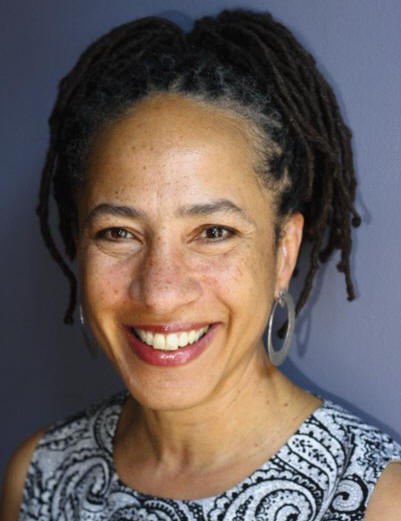
Cary was raised in Yeadon, Pennsylvania, a predominantly black middle class suburb of Philadelphia. Her father taught science at a local junior high school and her mother worked as a beautician. In 1972, Cary was accepted to St. Paul’s School in Concord, New Hampshire, a formerly all-boys boarding school. She was one of fewer than a dozen black girls in a school of approximately 500 students. Cary then earned bachelor’s and master’s degrees in English from the University of Pennsylvania and a second master’s degree in Victorian literature and religion from Sussex University in England.
Throughout her education, Cary struggled to hold on to her African American identity and succeed in a white-dominated academic world. In her memoir, Black Ice (1991), she describes her experiences at St. Paul’s School. Cary writes profoundly about race, the meaning of race, and of its making. Literary critic Arnold Rampersad declared it, “probably the most beautifully written and moving African American autobiographical narrative since Maya Angelou’s celebrated I Know Why The Caged Bird Sings.”
Cary’s first novel, The Price of a Child (1995), set in pre-Civil War Philadelphia, tells the remarkable story of an enslaved woman who escaped to freedom but had to leave behind her child. The text engages constitutional issues in the historical context of abolitionism and the Underground Railroad. Cary stated that the book “is the kernel of the American story. It’s another way of looking at who we are as Americans.” The result of more than three years of research, The Price of a Child was very well received critically. With this contribution to American literature, Cary aligned herself with a new genre led principally by African American women writers—the neo-slave narrative which re-imagines black women in American history regarding their disenfranchisement and disembodiment.
Mayor Street and his committee selected The Price of a Child as the first book for the One Book, One Philadelphia program based upon its quality, Philadelphia-based historical references, and its mass-appeal. In response, Cary said, “I’m grateful to the city for choosing a book that is not all safe.” To discuss the book, Cary met with Philadelphians in over 45 meetings and classes. Street declared that Cary is “more than a writer. She’s a role model.”
Cary’s third book, Pride (1998), is a contemporary tale about four black women who have been friends since childhood, which was praised in the New York Times for creating "subtle, idiosyncratic characters whose personalities seem utterly and affectingly distinctive."
Cary has become “a force for literacy” through education, arts, and culture, especially within the African American community. In 1998, Cary founded Art Sanctuary, which brings the work of established and aspiring African American artists to inner city residents. Meeting (most frequently) at the Church of the Advocate in North Philadelphia, Art Sanctuary engages a struggling community – half of the neighborhood’s adults and two-thirds of the children live in poverty. The organization hosts 10 to 12 major artistic events annually with notable authors, poets, historians, musicians, filmmakers, photographers, and dancers. Art Sanctuary also holds classes, including in drama, poetry, dance, and drumming.
2001
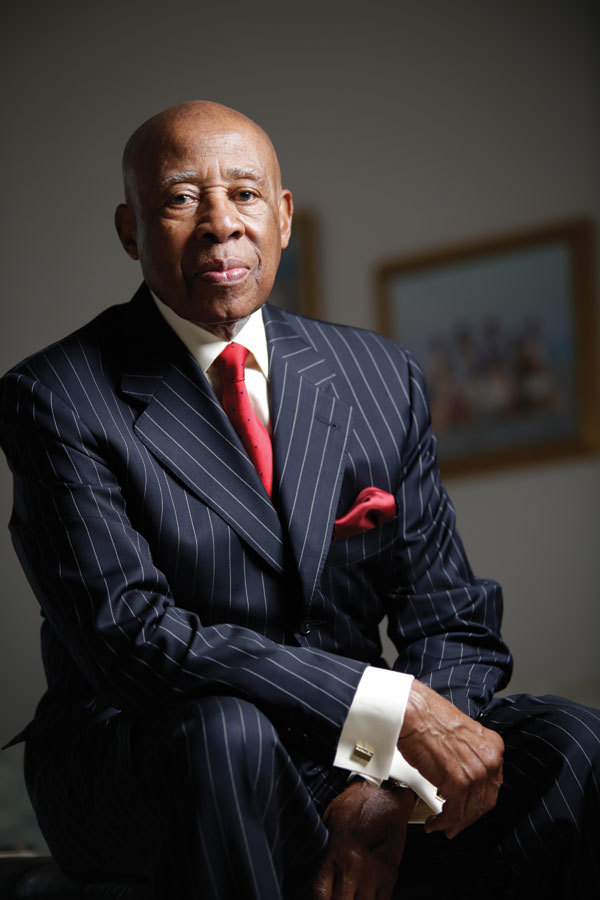
Watson was born in Gary, Indiana where his father had moved the family to work in a steel mill, a good job for a man with only a few years of schooling. In contrast, his mother, who had taught high school, was a college graduate who came from a family where education was prized. She passed on her love of learning to her son, who earned a bachelor’s degree in History and Political Science at Indiana University (1951), a master’s degree in Educational Administration at the University of Illinois (1955), and a doctorate in Educational Administration and Sociology at the University of Chicago (1967). However, even with scholarships, Watson had to work full-time in a steel mill for nearly two years and serve in the United States Air Force during the Korean War to afford his education.
In 1967 Watson accepted a job with the School District of Philadelphia for the opportunity to work with school board chairman and reformer Richardson Dilworth. The following year Watson rose to the position of deputy superintendent for planning. In 1970 he was hired as a professor and chair of the Department of Urban Education at Temple University. In 1976 Watson became the university’s first African American vice president, but continued to teach every semester. During this period Watson was active in the Black Political Forum, leading training sessions aimed at increasing African American participation in the political process.
In 1981 Watson became president and chief executive officer of the William Penn Foundation where he administered the distribution of $278 million to support its mission of “improving the quality of life in the Greater Philadelphia region.” During his time at William Penn, Watson supported the creation of the Avenue of the Arts, the redevelopment of the Cecil B. Moore corridor opposite Temple University, and an increase of the minority presence in higher education.
After retiring from William Penn in 1993, Watson has remained an active figure. As board chairman of the Avenue of the Arts, Watson saw his earlier vision come to fruition. He has been a leading figure in the expansion of the Convention Center. His most public role, however, has been as board chairman of the Barnes Foundation. He garnered considerable media attention for his controversial push to relocate that institution to the Benjamin Franklin Parkway, a decision Watson had to defend in court where he faced a suit brought by three Barnes art students. Watson maintained that a move to Philadelphia was the only viable long-term strategy to keep the institution intact.
Watson was awarded the Philadelphia Award in 2001 for what WHYY President William Marrazzo described as “steadfast leadership, involved citizenship and a lifetime of community work.” Marrazzo went on to state, “He has been a tireless fighter of ignorance and injustice, a determined advocate for educational excellence, and an energetic supporter of the arts. He is truly one of Philadelphia’s treasures.”
Reflecting on his beliefs, Watson wrote in his memoir, “As I look back over my life and try to ascertain its major themes, I believe I can identify two: my confidence in the power of education to transform individual lives and even society itself, and my hatred of injustice in all its forms, but especially racism,” (from Colored, Negro, Black: Chasing the American Dream (1997).
2000

As she later expressed it, Ballard grew tired of just being somebody’s wife and somebody’s mother; she wanted to be somebody in her own right. In 1954 she graduated from the Pennsylvania School of Horticulture for Women and established her own horticulture business, Valley Gardens. She wrote two popular books on plants, The Art of Training Plants (1962) and Garden in Your House (1971), and hosted radio shows that gave gardening tips.
In 1964 Ballard closed her gardening business to become the director of the Pennsylvania Horticultural Society. The organization had an annual budget of $70,000 and four employees. The Philadelphia Flower Show was floundering and the group of nurserymen who ran the show had decided to cancel it for two years. Ballard believed that the public would lose interest in the Flower Show if Philadelphia were without it for that long, so she persuaded the Horticultural Society’s Council to prevent cancellation and stage the show in 1965. In 1968 the horticultural society became the official producer of the Flower Show. Ballard was the chief organizer of the ever expanding annual event, which she made “much more participatory” and educational in nature. Under Ballard’s leadership from 1964 to 1980, the Pennsylvania Horticultural Society became a thriving organization with over 30 staff members, and the Philadelphia Flower Show grew to become the largest and finest indoor flower show in the United States.
As the proceeds from the Flower Show grew, Ballard started the Horticultural Society’s community gardening program, Philadelphia Green, which under her watch became one of the largest urban greening programs in the country. Philadelphia Green works with hundreds of community gardening groups to replace trash-filled vacant lots with vegetable gardens, plant trees and flowers, and maintain neighborhood parks. “The whole concept that greening can do a lot for a community—that is Ernesta,” remarked Jane Pepper, who became head of the horticultural society in 1981. Ballard became a member of the Fairmount Park Commission (1982-2002), where she worked for the preservation of historic houses and spearheaded the fundraising drives for the restoration of the Philadelphia Water Works and the Swann Fountain at Logan Square.
Ballard was also known as the “godmother of Philadelphia feminism.” In 1967 she founded the Philadelphia chapter of the National Organization for Women. Ballard fought for equal pay for women. She raised money, marched, lobbied, and campaigned in support of the Equal Rights Amendment. Although she was a Republican, Ballard worked for candidates of either party who supported women’s issues. In 1977 she co-founded and became chairwoman of the board of Women’s Way, the country’s oldest and largest women’s fund-raising organization, which supports an array of women’s causes including wage equity, support for victims of domestic violence, and reproductive rights. Ballard was a founder of the National Abortion Rights Action League, and was its chairwoman from 1989 to 1991.
In a 1976 speech, Ballard declared that women should “renounce their dependent status and declare their liberty.” Today’s feminists “have rejected gradualism and gone back to first principles, the principle that all human beings are created equal – equal in opportunity and equal in expectation.”
1999
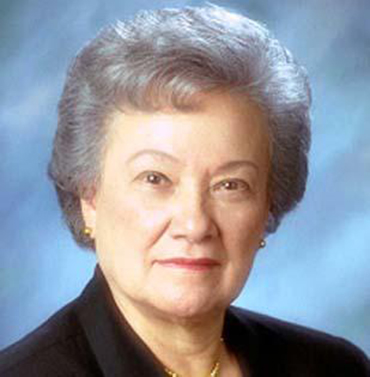
Yep entered public life in 1966 when the Pennsylvania Department of Transportation proposed the expansion of the Vine Street Expressway. She led a committee formed to oppose the project, which would have fragmented the neighborhood, displaced residents (including Yep), and demolished Holy Redeemer, which had become “a focal point in a lot of our lives,” noted Yep, a widow with three children.
She stood her ground at her home at 832 Race Street. As the project moved forward, the inhabitants of her block eventually abandoned their homes, but she and her children remained in their house as mounds of earth piled around it. Yep stayed even after the construction broke her furnace flue and nearly asphyxiated her family. She called it, “The Alamo of Chinatown.” Young people climbed on piles of rubble, stopping bulldozers. Yep and her supporters lobbied politicians and demonstrated against the project. Although ultimately Yep was displaced from her home, the battle was won (in large part) when the city and Penn DOT redesigned the Vine Street project to spare Holy Redeemer, installed noise-reducing walls along the expressway, and abandoned plans for a 9th Street ramp.
The committee was incorporated in 1969 as the Philadelphia Chinatown Development Corporation (PCDC), a nonprofit, grassroots organization that promotes Chinatown as a “viable ethnic residential and commercial community.” Yep was named its executive director in 1974.
The threat to Chinatown did not end at Vine Street. Yep and the PCDC lobbied and protested against other projects encroaching upon Chinatown, including the development of Market Street East, Gallery I and II, a new commuter terminal, and the Convention Center. They were able to significantly lessen the negative impact of six public projects, and successfully blocked the construction of a new bus terminal and the conversion of a warehouse into a federal prison. Still, residents were displaced, the community was boxed in, and rising real estate prices made the community unaffordable for many Chinese.
Yep and the PCDC helped save Chinatown by sponsoring the building of five housing developments there, comprising 216 residential and 22 commercial units, known as Mei Wah Yuen (Beautiful Chinese Homes), Wing Wah Yuen (Dynasty Court), Gim San Plaza (Gold Mountain), On Lok House (Peace and Harmony), and Hing Wah Yuen (Prosperous Chinese Garden). The last-mentioned consists of 51 affordable housing units for first time buyers on the north side of Vine Street.
Yep received the 1999 Philadelphia Award for her work representing, preserving, and protecting the Chinatown community. In 2000 Yep resigned as executive director. As PCDC director, she had not only rescued Chinatown from outside threats during her lifetime, but also saved the neighborhood for future generations by initiating the passage of a bill in 1999 that established Chinatown as a Special Zoning District. This law rezoned 44 acres of underutilized land north of Vine Street and across from Chinatown, allowing for the community’s expansion. Yep also left an indelible mark on the neighborhood by negotiating to bring the magnificent China Friendship Gate (completed in 1983) that serves as the gateway into Chinatown at 10th and Arch streets.
1998
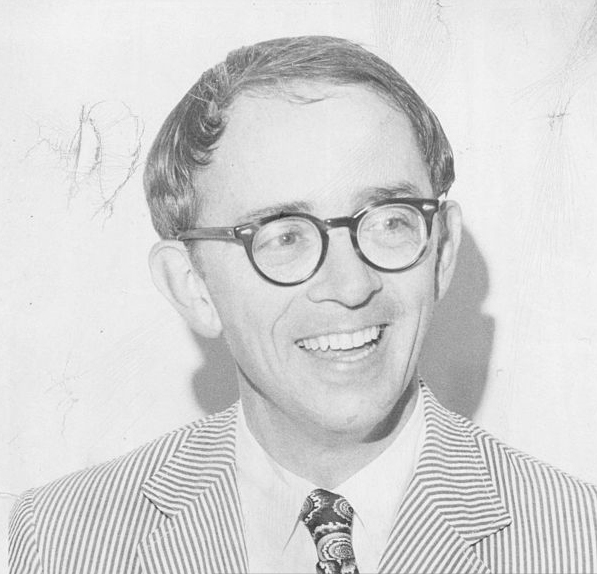
Finney was born in Greenwich, Connecticut, and attended school there. He received an undergraduate degree from Yale University (1952) and a master’s degree in public administration from Harvard University (1954). He worked in city planning in Portland, Maine, and in Boston, before becoming the second-ranking member of the Philadelphia Planning Commission (1961-1966).
As deputy superintendent for planning and later deputy superintendent for the School District of Philadelphia (1966-1969), Finney brought attention to the decades of neglect of the public schools. By the time he left, the school district had implemented a massive building program, providing for 25 new schools and the expansion of numerous others. Finney’s ability to bring people to consensus was a major factor in Philadelphia being the only city in the United States to pass three consecutive school bond issues.
After a stint as commissioner of the Addiction Services Agency in New York City, Finney returned to the city in 1973, to be the managing director of the Greater Philadelphia Partnership, a business-led civic group. In 1977, Finney founded and became president of the Corporation for Public/Private Ventures, a national non-profit research and development organization, which deals with issues of unemployment, social services, and economic development. The organization directed two nationwide projects for the U.S. Department of Labor, building public and foundation support for the development of national programs to prepare at-risk youth for employment.
In 1980, Finney founded the Conservation Company, a consulting firm that he headed as chief executive officer until 1997. The firm assisted tens of thousands of low income Philadelphians to maintain heat, water, and light in their homes by creating a mechanism for utility providers to resolve customers’ unpaid bills, while instituting conservation practices that reduced consumption when costs were escalating. The program became a model for cities across the nation.
As chairman of the City Planning Commission (1983-1988), Finney steered the city through the complex process of removing the height limit barring buildings taller than the William Penn statue, enabling Center City to expand commercially. He spearheaded the creation of long-range plans for Center City and North Philadelphia.
During this period Finney often clashed with City Council over budgetary priorities. In Finney’s view, the maintenance of existing buildings (especially the deteriorating city hall tower) and repair of the city’s decaying infrastructure were priorities that City Council was neglecting. His call apparently was partly heeded—a renovation and beautification of City Hall undertaken in 1988 led to a substantial restoration of the historic building.
In 1988, Finney cofounded the 21st Century League to influence Philadelphia’s long-term future. During the 1990s Finney and the league accomplished much, including setting up the Delaware Valley Mortgage Plan, facilitating 763 million dollars in mortgage loans to low and moderate income home buyers; coordinating the implementation of an immunization campaign that served approximately 6,000 disadvantaged children in a single month, becoming a model for the city; and through an informational campaign helping thousands of working poor families receive an average of $850 each by taking advantage of the federal earned income tax credit.
“Graham has spent his entire career creating institutions or programs of value to society at large and Philadelphia in particular,” remarked Nelson Harris, former CEO of the Tasty Baking Co.
1997
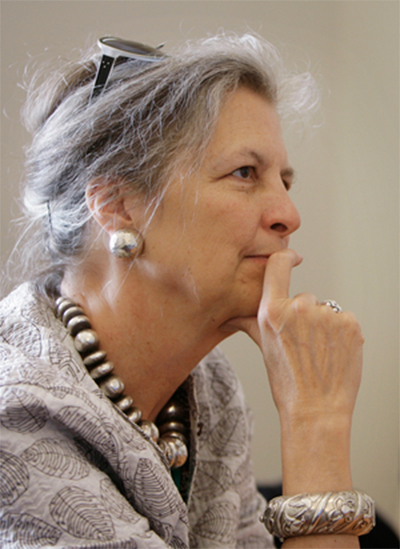
She gained experience working at the Tate Gallery in London, while earning a Master’s degree in art history at the Courtauld Institute of Arts. In 1967 she was hired as a curatorial assistant at the Philadelphia Museum of Art (PMA).
Five years later, d’Harnoncourt was appointed curator of modern art at PMA, after working as assistant and associate curator of modern art at the Art Institute of Chicago and at the PMA, respectively. A specialist on Marcel Duchamp, she co-organized a 1973 retrospective on his work, which then traveled to the Museum of Modern Art and the Art Institute of Chicago. D’Harnoncourt created special rooms displaying the work of Duchamp and the sculptor Constantin Brancusi. As curator, and later as director, d’Harnoncourt acquired numerous works of contemporary art, bolstering a weak area in the museum’s collections. Her “enormous charm and warmth” helped her build close relationships with several contemporary artists, including Jasper Johns and Ellsworth Kelly.
In 1982 d’Harnoncourt was appointed director of the museum, while Robert Montgomery Scott was named president and chief executive officer, in charge of administration and finance. The task before D’Harnoncourt and Scott was to revive a once great museum now in dire straits—with attendance at less than half of its peak year of 1970; reduced public hours and most galleries closed more often than open; a yawning budget deficit of $800,000 and a depleted endowment; a divided, demoralized board; reduced staffing and a disgruntled guard force; and a much heralded air-conditioning and humidity control system that had caused substantial damage due to leaks and flooding. Her appointment was greeted with enthusiasm by many board members and staff, although tongues wagged that she would be her husband’s boss—Joseph Rishel, curator of European painting before 1900.
D’Harnoncourt and Scott ran the museum together until 1996, when Scott resigned and she assumed the position of chief executive officer. The two got along reasonably well, although she had a way of taking charge without being impolite about it. His greatest concern was the bottom line, although both of them agreed that the museum needed to reach out and engage Philadelphians. As director and CEO, d’Harnoncourt was the only woman to head an art museum in the US with a budget over $25 million. Under d’Harnoncourt and Scott, and then under d’Harnoncourt until her sudden death in 2008, the museum experienced a dramatic rebirth.
Annual attendance increased from 400,000 in 1980 to roughly one million in 2008, while the price of admission rose sharply (although first Sundays remained free). The museum’s fiscal situation, including its endowment, went from anemic to robust, even though the city cut its funding to the museum by about 50%. The museum’s 200 galleries were open for perusal, and many had been renovated. Educational programs and community outreach were much expanded, including a partnership with the Mural Arts Program.
D’Harnoncourt hired ambitious, creative curators and put them in charge rather than the marketing department, resulting in numerous, well-researched, sophisticated exhibits of all sizes. “She’s taken the place to a new level, far above what it’s been in the past,” noted Ray Perelman, board chairman, “The atmosphere in the museum is almost electric.” The Cezanne retrospective in 1996, the first retrospective of his work in the United States in sixty years, drew 778,000 visitors to the museum during its three month run—record attendance for an exhibit in the museum’s history. Several successful major exhibits followed including retrospectives of Salvador Dali and Frida Kahlo.
D’Harnoncourt led the Philadelphia Museum of Art through two financial campaigns—the first one raised 64 million dollars (1986-1993) and the second one raised 246 million (2001-2006). The funds enabled d’Harnoncourt to renovate and expand the museum. The most notable addition was the opening of the Perelman Building in 2007 (home of prints, photographs, costumes and textiles, modern and contemporary design, and the library and archives). D’Harnoncourt embraced the museum’s all-encompassing collections as the museum’s great strength, and undertook an aggressive acquisitions campaign (via purchase or more often donation), adding 80,000 art objects. One donor joked that while collectors acquired art works, d’Harnoncourt collected collectors.
Reporter Melissa Dribben, who shadowed d’Harnoncourt for a few days, described her as a whirlwind of art talk, whether chatting with board members, potential donors, staff, or interns. She often spoke of paintings having conversations with other paintings, of the context and meaning of specific works of art. Her unbounded enthusiasm for art, her vision for the museum, her charm and grace, combined with the museum having become a happening place, revitalized with exhibits and new works – explain why d’Harnoncourt was amazingly successful at persuading people to donate money and art to the museum.
As an advocate of displaying art created by local artists, d’Harnoncourt acquired, along with the Pennsylvania Academy of Fine Arts, the famous Thomas Eakins painting, “The Gross Clinic,” for $68 million, preventing it from being expatriated. She explained: “It’s a painting that really belongs in Philadelphia- his presence still resonates here.”
1997
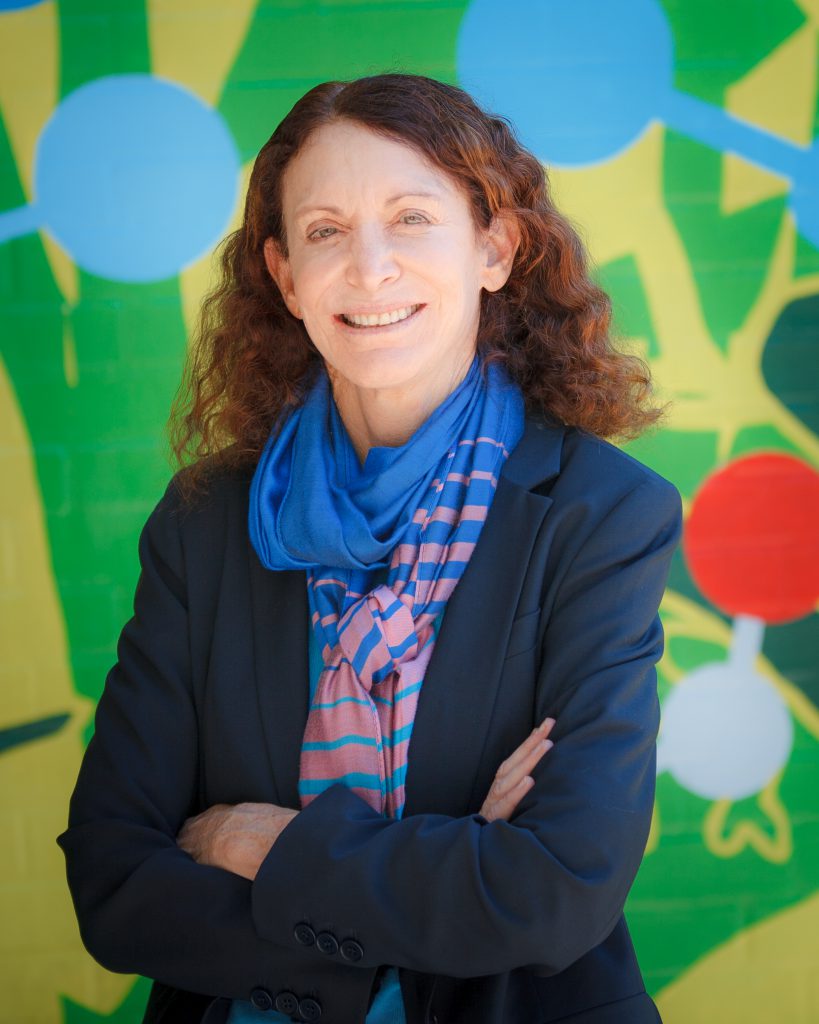
However, sick with Lupus, and distraught by how often her murals were destroyed by graffiti, Golden moved back east in 1983 to be closer to her family in New Jersey. In 1984 Golden was hired as a field representative for Philadelphia’s Anti-Graffiti Network, led by activist Timothy Spencer and supported by Mayor Wilson Goode. She reached out to graffiti writers and worked to redirect their energies toward “something positive”—in particular, tossing their spray paint cans and picking up paintbrushes. The strategy worked. The graffiti writers were hired to work on murals, and the murals sprouted up throughout the city, generally unmolested by graffiti. Once she started “working with these kids from tough neighborhoods,” Golden recalled, “I realized I had never felt so at home. I knew this is where I belonged.”
In 1996 the Mural Arts Program became its own entity, when the Anti-Graffiti Network was restructured and the art program was transferred to the city’s Department of Recreation. Golden was named executive director. She opened the program’s doors to every child, not just graffiti writers. In 1998 she won the Philadelphia Award, which was, in her words: “a turning point both personally and professionally.” “We had come a long way from our time working with all house paint, big brushes and rickety scaffolding,” she noted.
The murals program had evolved. The community was systematically consulted so that the murals would reflect their wishes. After the permission of the wall owner was secured, a community meeting is held where those present decide upon the subject matter and general design of the mural. Consensus, usually achieved, is required before the project can move forward. Subjects range from autumnal beauty to labor history, and often depict inspirational figures, from everyday folks (heroic nurses or immigrants) to well-known success stories, such as Jackie Robinson or Frank Rizzo. Originally, Golden had been so focused on providing “opportunities for the kids,” that many of the murals had been amateurish. That changed – now an experienced artist is selected by the arts program to create the mural according to the community’s dictates. Inner city youths, community residents, church congregations, parolees and others assist in the painting and the removal of trash from the site.
By 2010 the Mural Arts Program annually served 1,900 young people. The program provides services (including art classes) to recreation centers, schools, libraries, homeless shelters and prisons. The program has produced about 3,000 murals, turning Philadelphia into “the city of murals.” The program’s budget has grown to $6.9 million, with less than a million from the city and the remainder from private sources. The fundamental objective of the program stayed the same throughout the years: to use mural making and art education as a means of saving individuals, preventing crime, spreading hope, and turning around devastated communities. As Golden often says: “Art saves lives.”
1996
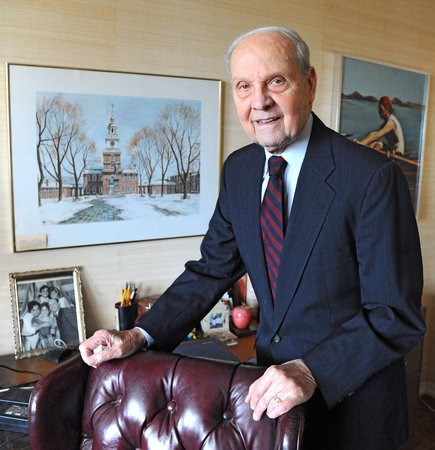
He was awarded a full scholarship to the University of Pennsylvania School of Law, graduating in 1947. During World War II Adams served as a Navy logistics officer in the North Pacific. Adams began his legal career with one of Philadelphia's largest law firms, Schnader, Harrison, Segal & Lewis. From 1963 until 1966 Adams remained with the firm while serving as secretary of public welfare under Governor William Scranton, where he helped introduce the educational program that became the model for Head Start. Adams was named senior partner before leaving the firm in 1969 when President Richard M. Nixon appointed him a judge of the United States Court of Appeals for the Third Circuit. He served on the appeal court’s bench until 1986, when he returned to Schnader, Harrison, Segal & Lewis as a partner.
A moderate Republican, Adams was seriously considered for an appointment to the United States Supreme Court by Presidents Nixon, Ford and Reagan. Adams became especially well-known and well-respected for his work as an arbitrator and mediator. By 1996 he had arbitrated 44 significant cases, which revolved around such issues as corporate responsibility for environmental cleanups, disputes between insurance companies, and liability for defective products.
Adams received the Philadelphia Award on June 3, 1997, “in recognition of his lifelong commitment to public service,” at a ceremony held at the American Philosophical Society, where he served as president. His triumphant handling of the bankruptcy of the Foundation for New Era Philanthropy, however, was the specific reason that the award was granted to him.
The Foundation for New Era Philanthropy was based in Radnor, Pennsylvania and offered to double the money of nonprofit organizations that invested their funds with them. The foundation’s representatives had claimed that they had access to a group of anonymous benefactors who had made the double the money pledge. However, the benefactors were fictitious and the promised returns were drawn from the flow of new deposits from unsuspecting nonprofit groups. Hundreds of organizations were hoodwinked.
When representatives of the nonprofit organizations met to seek resolution of the debacle, attorney Michael Bloom recalled, “the hope was that a single name would percolate to the top and it did.” The person who percolated to become the trustee was Adams, who negotiated a complex settlement among the creditors which involved redistributing some of the gains received to those groups that had lost their investments. Adams explained the rationale of the settlement: “The key here was to get people to see beyond the money and look at the bigger implication. This was going to really hurt the city, because charities would not be able to raise money.”
The bankruptcy of the Foundation for New Era Philanthropy was the largest nonprofit bankruptcy and fraud case in American history. Richard Smoot, chairman of the Philadelphia Award trustees, said: “Judge Adams is a person of masterful leadership, unquestioned integrity and extraordinary wisdom – attributes that have combined to make him a modern-day Solomon for Philadelphia and beyond.” As a result of his leadership as trustee, every nonprofit organization that invested money in the fraudulent scheme survived.
1995
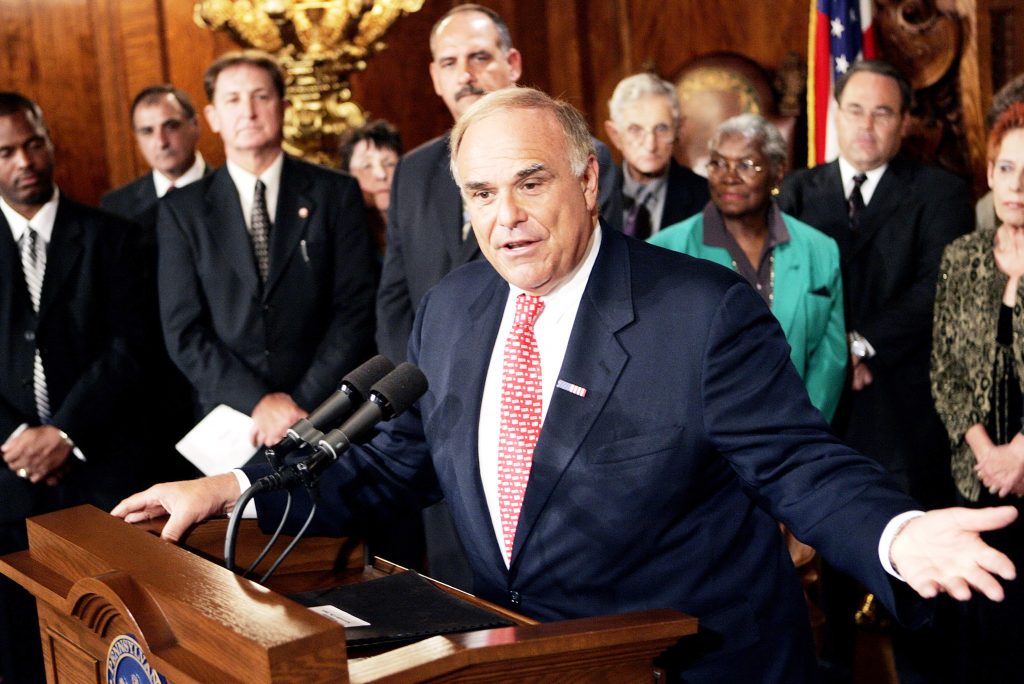
Rendell graduated from the University of Pennsylvania (1965) and Villanova Law School (1968). He began working in the district attorney’s office, where he gained a reputation for his passion (and his temper). He won election as the youngest district attorney in Philadelphia history in 1977. After serving two popular terms, he left to run for governor in 1986, losing to Bob Casey, Sr. in the Democratic primary. The following year, he ran for mayor of Philadelphia, but lost in the primary to incumbent Mayor W. Wilson Goode.
After a few years working as a lawyer, Rendell was ready to get back into politics. He ran for mayor again in 1991, this time with a different outcome. Rendell was set to face former Mayor Frank Rizzo in the general election, but Rizzo passed away during the summer, and Rendell easily defeated his replacement.
Rendell entered the mayoral office facing huge budget deficits and other economic problems. As mayor, he eliminated a $250 million deficit, reduced business and wage taxes, implemented a balanced budget, and oversaw five straight years of budget surpluses. Under his watch, much of the revitalization of Center City took place, and the city grew as a tourist destination. Rendell waged initiatives to improve the city’s neighborhoods and was tough in negotiating new deals with the city’s union workers. His gregarious style and unabashed Philadelphia boosterism were also essential to his popularity. The spirit and pride of the city appeared reignited. Rendell gained national prominence during his administration.
Rendell shared the 1995 Philadelphia Award with City Council President (and future Mayor) John F. Street. Upon receiving the award, the two praised one another for “avoiding the political bickering that can paralyze a government.” Rendell had previously opposed Street’s candidacy for reelection to City Council, so the ability to overcome their differences and find common ground to put the city first earned them this prize. Ron Naples, chair of the award trustees, commented, “There is so much cynicism today about politicians and the process of governing that it's refreshing to find two leaders working together as do Mayor Rendell and Council President Street.”
Nearing the end of his second term in 1999, Rendell resigned to become chairman of the Democratic National Committee, a position he held throughout the 2000 presidential election. In 2002, Rendell was elected governor of Pennsylvania. A major and successful initiative of his first term was a plan to reduce property taxes by legalizing slot machines in the state and taxing their revenue. Legalized gambling activities were expanded to include poker and table games. Rendell gained reelection in 2006 and continued to fight for his policies, which included increasing public school funding, investing in alternative energy projects, and (unsuccessfully) pushing for stricter gun laws.
Throughout his political career, Rendell gained a reputation for being a passionate leader whose alternately combative and enthusiastic style engendered strong feelings from both his allies and his opponents. Known as a straight shooter, Rendell achieved great popularity in Philadelphia, a city where his bluntness and toughness served him well.
The ex-governor was soon hired as a political analyst for NBC News and MSNBC.
1995
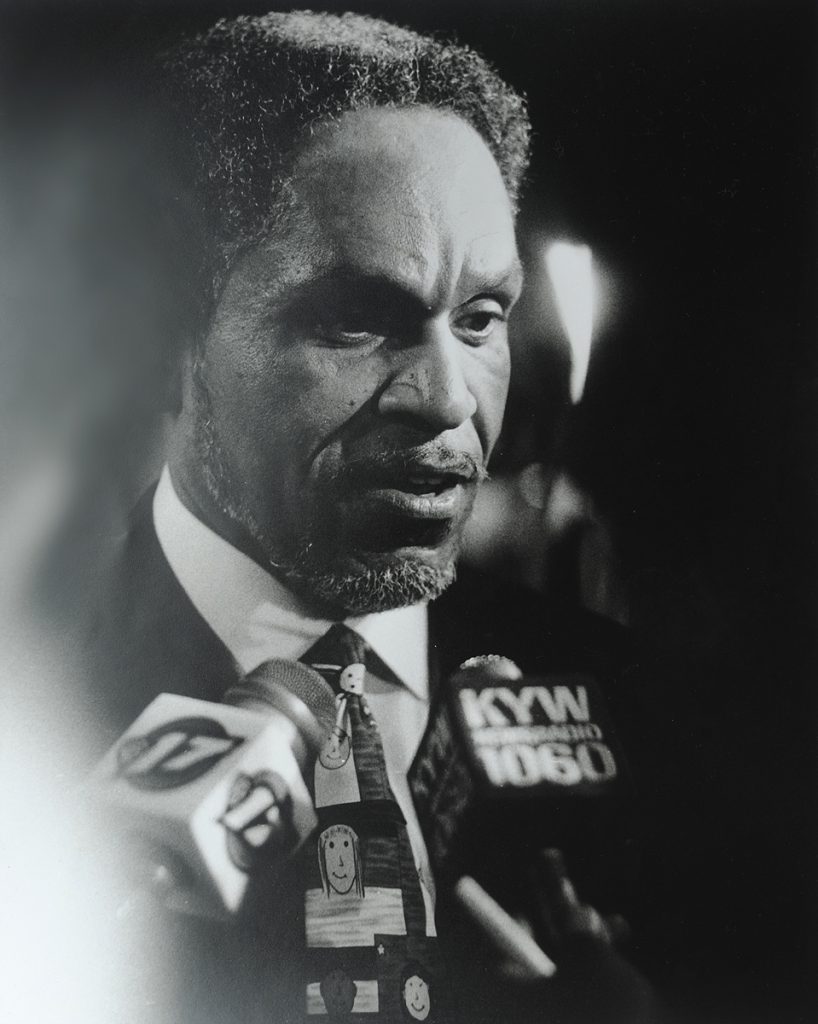
Ron Naples, chairman of the Philadelphia Award, said, “It’s refreshing to find two leaders working together as do Mayor Rendell and Council President Street.” That Street would be awarded for effective working relations with the mayor would have been unthinkable when he started his public career. First as a scruffy-bearded defense lawyer wearing jogging suits and sneakers and then as a city councilman, Street proudly considered himself one of “the rabble-rousers.” Portrayed in his early Council days as irresponsible and a “quick-tempered outsider,” Street’s behavior supported those accusations. He once protested a ruling by grabbing a stenotype machine and running around the Council floor with it, was forced off the Gas Commission after falling $5,600 behind in his ass, and exchanged punches with and threw ice water at fellow councilmen.
But Street learned on the job, changing much of his behavior as he gained experience and a better understanding of politics. He arrived early each day, worked tirelessly, and studied all aspects of city government. Street developed a reputation as being “intelligent, pragmatic and effective.” Councilman W. Thacher Longstreth described Street’s metamorphosis when he said, “He went from being just about the most irresponsible to the most responsible and important member of Council.” Charles Pizzi, president of the Greater Philadelphia Chamber of Commerce, opined that Street “has demonstrated the best evolution in recent Philadelphia political history. He has honed his political skills in an extraordinary way, and there’s no other legislator who is as well prepared on any issue as he is.”
During his two terms as mayor, Street advanced an ambitious agenda. While Center City under Rendell had undergone a remarkable renaissance (which deepened under Street’s administration), Street launched bold initiatives to improve life in Philadelphia’s less affluent neighborhoods. Most of the city’s high-rise public housing towers, which had become miserable places to live, were torn down and replaced (in part) with attractive, single unit public housing. The city removed 250,000 abandoned cars. Street waged an anti-blight initiative to tear down or renovate abandoned houses. Street also secured funding for two new sports stadiums and advanced the development of the Navy Yard.
After leaving office, Street remains an influential and controversial figure in city politics.
1994
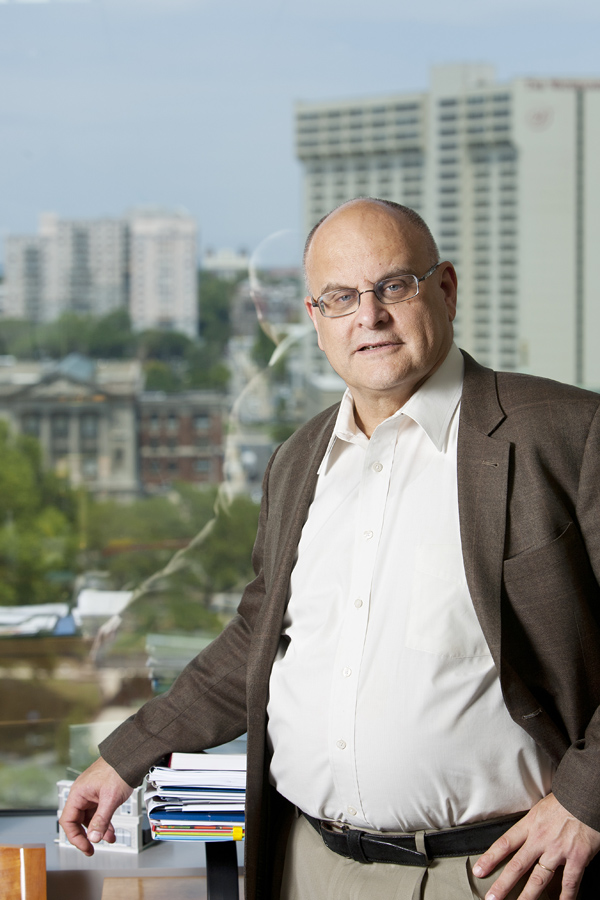
Started in 1985 and originally called the Delaware Valley Community Reinvestment Fund, the fund began with a $10,000 foundation grant. This money was used by a group of socially concerned investors, professionals, and community activists to hire Nowak to create and run an investment fund. This fund would provide small low-interest loans to community groups and small businesses in economically distressed communities in the Delaware Valley. A community organizer, Nowak had been working in the Logan neighborhood of North Philadelphia as a block organizer--one who organizes residents to come together to deal with crime, housing, and other issues on their block.
The fund had no money to start with. Nowak spent about a year to raise the first quarter of a million dollars. It reminded Novak of his work as a block organizer--he spoke to one person, than another, just like he had gone door to door. Gradually confidence was gained and the fund grew steadily. By the time that Nowak won the Philadelphia Award, the fund had about 650 individual, church, corporate and foundation investors, who had purchased promissory notes with a low to moderate rate of interest. Acting as an intermediary between borrowers and lenders, the Reinvestment Fund then allocated money to projects that would improve the quality of life in the Philadelphia region’s poorest communities. The fund requires performance and accountability from the borrowers. It’s a form of philanthropy in which socially conscious investors receive their money back and a little more. Nowak stated: “We spend a lot of time talking to church groups about balance sheets and to corporate boards about values.”
Typical projects that have benefited from the loans include housing rehabilitation, day care centers, and small businesses. In 1995 Nowak observed that the fund had never lost money on a borrower. There have been many success stories. A community group in North Camden that had rehabilitated a few houses received a $50,000 grant. The group had no collateral, so it was one of those investments “made on faith,” as Nowak described it. The group went on to rehabilitate over one hundred houses and is now “a thriving construction company.” The Gesu School, a Catholic school located in North Philadelphia, wanted to expand to accommodate 200 students from nearby Catholic schools that had been shuttered during the early 1990s. The church had been told that the regional church was not in a position to help. Stepping into the breach, the Reinvestment Fund aided the Gesu School with a $150,000 loan.
By 1996 the fund had loaned 40 million dollars and held assets of about 20 million. “Working in an inner-city neighborhood,” Nowak recalled in a 2010 interview, “I saw that the issue of capital was critical, and that was an issue that often was avoided, or often wasn’t thought about. So I saw that while civic organization and civic power were fundamental to social change, capital was also. This seemed like an opportunity to combine organizing talent with an interest in how to put capital in the hands of organized people.” After winning the award, Nowak commented, “There is a real longing out in the community to do the right thing. There is a broad center of opinion--one that is black and white, rich and poor--that wants to rebuild these neighborhoods, but with discipline.”
1993
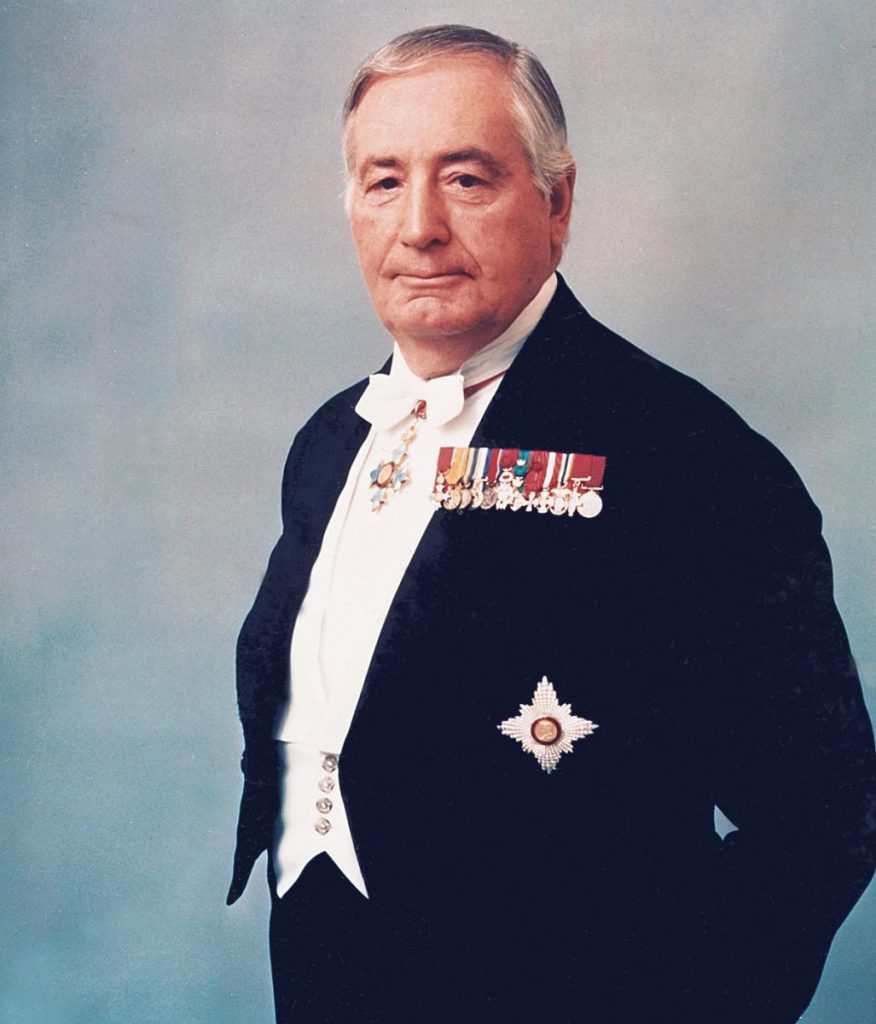
When named ambassador to Great Britain in 1969, Annenberg sold the Inquirer and Daily News. His time in London got off to a rocky start; British society mocked his lack of diplomatic qualifications and speaking style. But eventually he (and his wife Leonore with her social skills) won over not only the British public but also the Queen and royal family, who would be life-long frequent guests at the Annenbergs’ California estate, Sunnylands—named after Moses Annenberg’s summer place in the Poconos.
Back in America, he dedicated the rest of his life to philanthropy, particularly for education. He set up a $500 million fund to help public school systems nationwide (including $50 million to the Philadelphia school system). He established communication schools (named for his father) at the Universities of Pennsylvania and Southern California (USC). He financed, in 1986, the Annenberg Institute (successor to Philadelphia’s Dropsie College and later to become Penn’s Herbert D. Katz Center for Advanced Judaic Studies). He sold Triangle Publishing in 1988, putting most of the money into the M.L. Annenberg Foundation he founded the following year in Radnor. He was a hefty supporter of New York’s Metropolitan Museum of Art (with $57 million in cash and eventually $1 billion worth of art), the Corporation for Public Broadcasting ($150 million), and the United Negro College Fund ($50 million). Besides Penn and USC, he gave $25 million to Harvard and $100 million to the Peddie School of Hightstown, NJ, his prep school alma mater.
In a 1995 profile by Mark Bowden in the Philadelphia Inquirer, Annenberg explained his focus on education: “I see it on TV and read it in the newspapers. Eleven year-old children shooting other eleven-year-old children, bringing knives and guns to school. Maniacal children…Society is breaking down completely in neighborhoods where this happens. It frightens me. I’m frightened for my country. Education is the only answer. It’s the glue that holds civilization together. I decided to concentrate on grades K through 12 because that’s where this needs to be attacked. I wanted to give an amount big enough to startle private and public leaders. I want to elevate it as a national priority. I feel it is my responsibility as a citizen.” Annenberg gave the money to programs for systemic educational reform, and he did so shrewdly, requiring matching funds from private and public sources.
Closer to home Annenberg supported the Academy of Music, Pennsylvania Hospital, and the Philadelphia Orchestra. He bought the Zoo a baby elephant. In 1986 President Reagan awarded him the Medal of Freedom. He received the 1993 Philadelphia Award at its spring ceremony in 1994. At his death he was the 39th wealthiest American, with a fortune over $4 billion.
1992
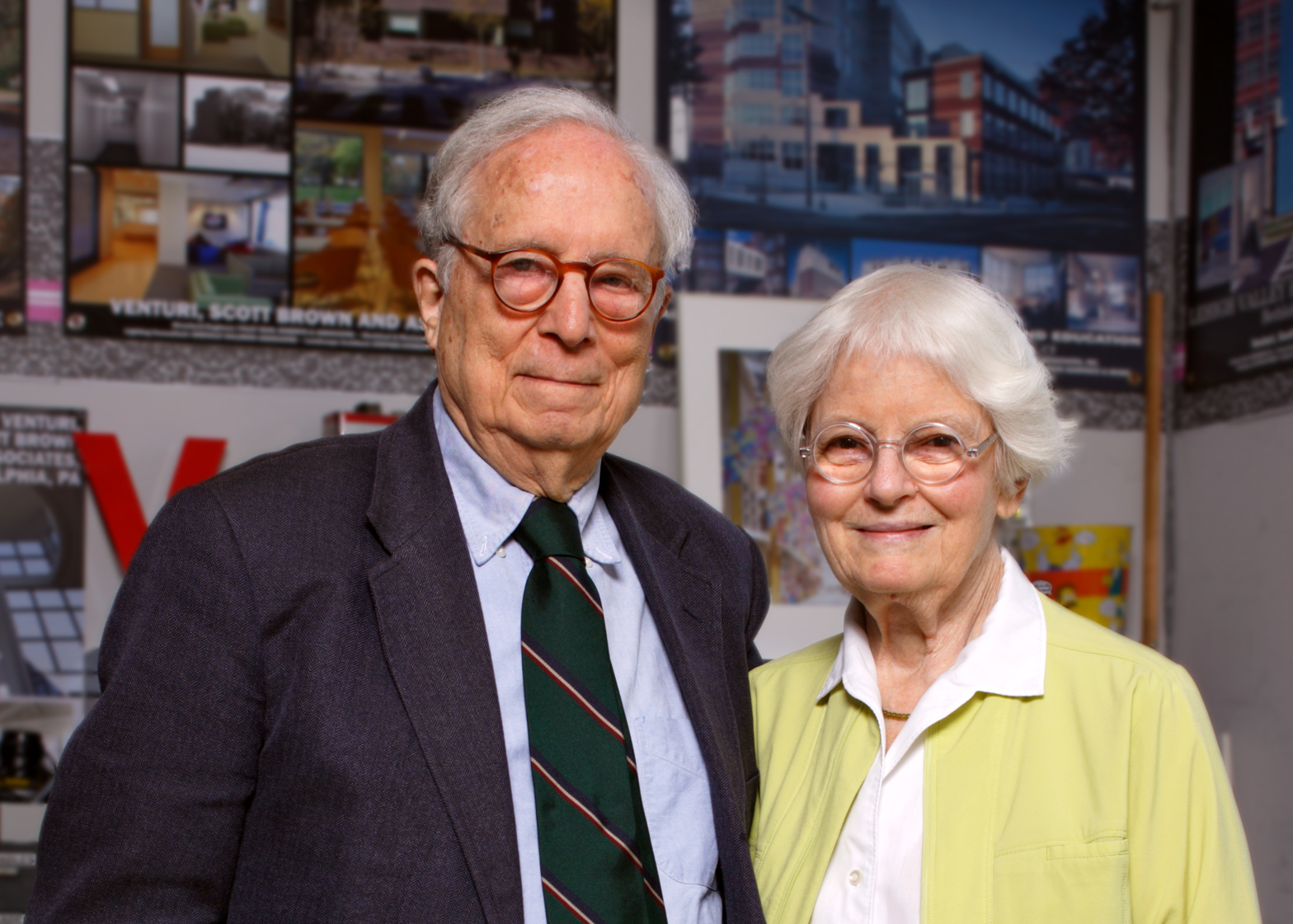
Improving the area around Penn would make that community a more desirable place for Penn faculty and students to live, enabling the continued growth of the university, while (hopefully) making it a better place for the community’s non-academic residents as well.
Born in Philadelphia, Robert Venturi was raised in nearby Upper Darby. He attended Episcopal Academy in Merion, Pennsylvania. He received a bachelor’s degree in 1947 and an M.F.A. in 1950 from Princeton University. He worked briefly for the Finnish architect Eero Saarinen and for Philadelphia’s own Louis Kahn. From 1954 to 1965, Venturi held a teaching position at the University of Pennsylvania, where he met fellow faculty member, architect and planner Denise Scott Brown. The two were married in 1967 and Scott Brown joined Venturi’s architectural firm, Venturi and Rauch, which was renamed Venturi, Rauch, and Scott Brown in 1980--and ultimately Venturi, Scott Brown, and Associates in 1989.
Denise Scott Brown, who is considered by some critics to be the world’s foremost female architect, was born Denise Lakofski in Northern Rhodesia (now Zambia). She studied at the University of Witwatersrand in South Africa and then continued her education at the Architectural Association School in London, from which she received a degree in architecture in 1955.
After traveling and studying in Europe for three years, Scott Brown came to Philadelphia in 1958 to study at the University of Pennsylvania’s planning department. She received her master’s degree in city planning in 1960 and became a faculty member at the university. In 1960, Scott Brown met Robert Venturi at a meeting to oppose the planned demolition of the Furness Library at Penn. She and Venturi eventually collaborated and taught courses together. The library was later restored by their firm.
Venturi’s Complexity and Contradiction in Architecture (1966) established his reputation as a theorist and designer with radical ideas. He summed up his view of modernism in his widely quoted adage “less is a bore.” As opposed to the functionalism and simplicity of rigid modernism, Venturi argued that complexity and contradiction in architecture is far more interesting, the richness of symbolism and embellishment. This work was very influential in the profession, eventually translated and published in 18 languages.
Architecture historian Vincent Scully said of the impact of Venturi’s critique of modernism: “Venturi saved modern architecture from itself, and has been hated by almost all modern architects. His buildings were prepared to get along with other buildings in the city, to take up their roles in a gentle comedy of citizenship rather than in a melodrama of pseudo-heroic aggression.”
In the mid-1960s Scott Brown and Venturi, with Steven Izenour, led a group of Yale architecture students to study the buildings of the Las Vegas Strip. This resulted in A Significance for A&P Parking Lots, or Learning from Las Vegas (1972), by Venturi, Scott Brown, and Izenour, which was revised and published as Learning from Las Vegas: the Forgotten Symbolism of Architectural Form (1977). Like other writings by Venturi and Scott Brown, Learning from Las Vegas was critical of modernism and promoted acceptance of American vernacular architecture. This view was pioneered by Scott Brown, who had often intrigued her husband with her observations about everyday buildings, prodding him to view such buildings as a source of architectural ideas.
Scott Brown is widely known as an urban planner, designer, and theorist. In 1969 she became head of planning and a partner at Venturi and Rauch. Scott Brown has led many major civic planning studies including for the Jim Thorpe Historic District, the Denver Civic Center, entertainment and transit in Minneapolis, Minnesota; and for Main Street and South Street in Philadelphia. She also conducted numerous college planning studies, including for the University of Michigan, the University of Pennsylvania, and Tsinghua University in Beijing, China. Her writings include Having Words (2009), a collection of essays which includes her advice to New Orleans on its rebuilding. Venturi and Scott Brown have often been visiting lecturers at universities.
Venturi’s first important design was a house for his mother, Vanna Venturi, in the Chestnut Hill neighborhood of Philadelphia. His works draw inspiration from past architectural styles, often presenting familiar forms in new and inventive ways. His many landmark buildings include the Guild House apartments on Spring Garden Street, the Sainsbury Wing of London’s National Gallery of Art, Philadelphia’s Franklin Court, the Nikko Kirifuri spa and resort in Japan, and the tree house and primate pavilion at the Philadelphia Zoo. Scott Brown has served as principle-in-charge (overseer) of the firm’s larger projects, such as the aforementioned Sainsbury Wing of London’s National Gallery and Nikko Kirifuri resort in Japan. From 1997-1999, their firm oversaw the renovations of the Historical Society of Pennsylvania’s historic, 1910 building, including its main reading room.
1991
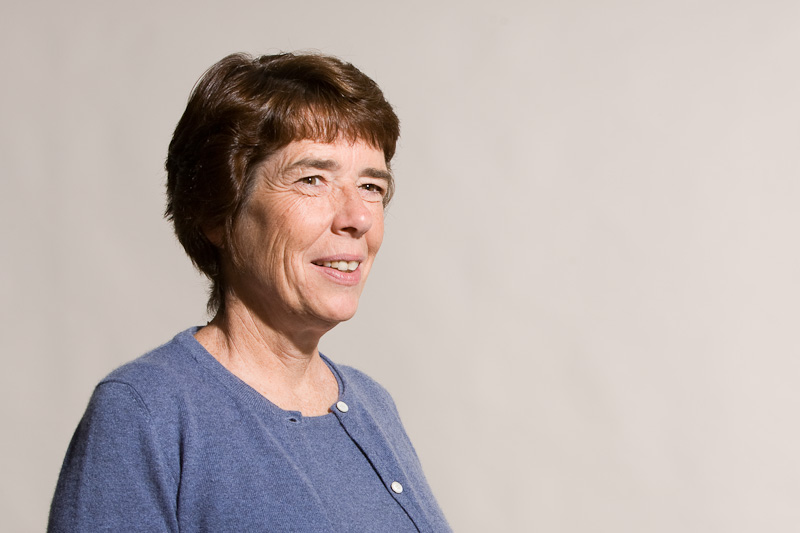
She joined the Sisters of Mercy at age 19, and eventually began working at Mercy Hospice, a women’s shelter operated by the Sisters. For Scullion, this “was the most profound experience I ever had of God. There’s no pretense. It’s true. It’s real.”
Scullion requested that her mandatory yearly retreat be spent on the streets of Philadelphia, instead of in the Sisters’ motherhouse. She spent the week as a homeless woman, sleeping wherever possible, utilizing public restrooms, and scrounging for food. Of her experience, Scullion said, “It was the hardest thing I ever did. [I returned] sick as a dog, really depleted.” But she learned first-hand what it meant to be homeless, and developed a sense of urgency to address the problem.
Committed to ending homelessness, Scullion co-founded Woman of Hope in 1985, the OutreachCoordinationCenter in 1988, and Project HOME (Housing, Opportunity for Employment, Medical Care, Education) in 1989. Serving mentally ill homeless women, Woman of Hope provides permanent residences and support services. The OutreachCoordinationCenter integrates the services of public and private agencies to more effectively administer help to the chronically homeless. Project HOME provides affordable housing, job training and health care to homeless and low-income individuals. More than 95 percent of those helped by Project HOME have avoided a return to homelessness, “a success rate [making] the program a model for dozens of other U.S. cities.”
Although her work on the streets is legendary, Scullion’s work in the political arena is equally significant. Her efforts led to the right of homeless persons to vote, and also resulted in a “landmark federal court decision [affecting] the fair housing rights of persons with disabilities.” She believes that homeless policy should shift from managing homelessness via shelters and emergency services, to supporting permanent, affordable housing and job training programs. Scullion “can’t accept that our government can pour billions of dollars into failing corporations… and not be able to fund permanent supportive housing which not only saves lives [but eventually] money.”
In her service to the homeless, Scullion has been arrested for trespassing while providing food for those sheltering at 30th Street Station. She has “crawled down manholes and into the darkest alleys” to invite homeless individuals to shelters. Ed Rendell called her “Philadelphia’s Joan of Arc,” “because so many people want to burn her at the stake” for her aggressive advocacy. Perhaps the reason for all her efforts is found in Scullion’s belief: “Whatever affects one directly affects all of us indirectly. If there is homelessness in our society … we are all diminished.”
1990
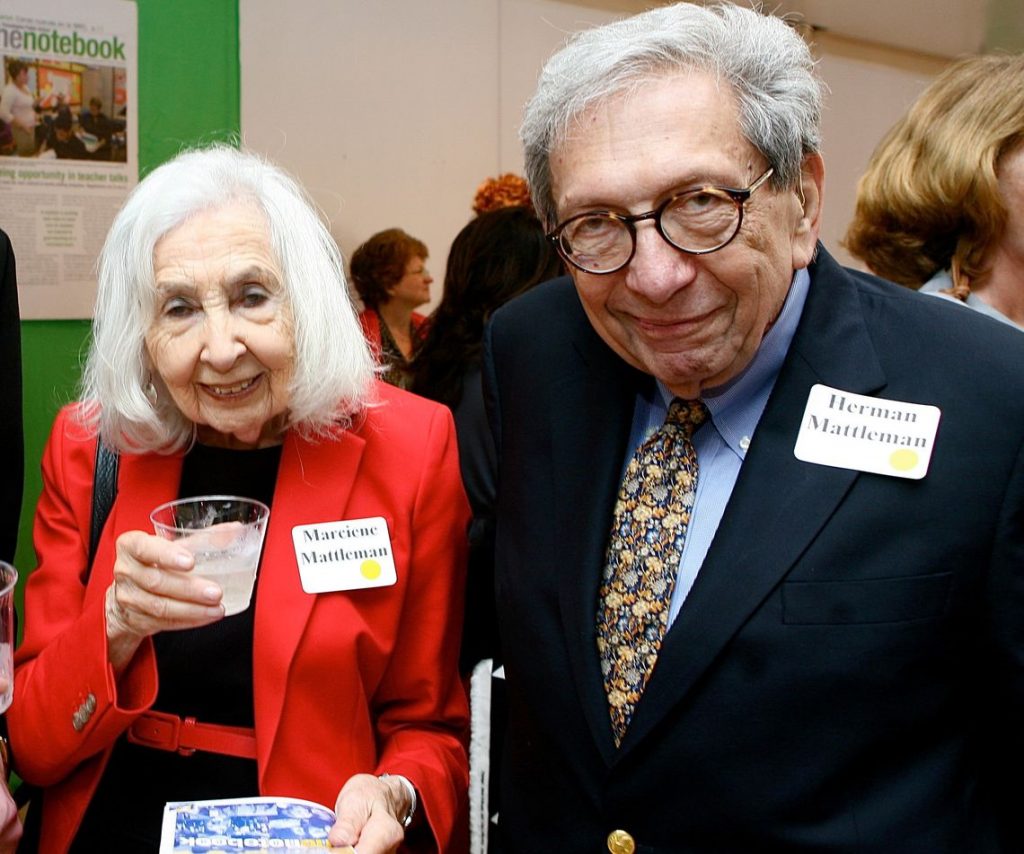
Mattleman was born and raised in Philadelphia. His parents were Russian immigrants who instilled in their son the values of hard work and the importance of education. His father owned a kosher butcher shop. The family settled in a small Jewish neighborhood in the Strawberry Mansion section of Philadelphia. Mattleman is an admirable example of the possibilities within the Philadelphia public school system—he graduated from Fitzsimmons Middle School and Simon Gratz High School (as a B student), and went on to graduate from the University of Pennsylvania (1947) and its law school (1949). Mattleman began his legal career in the early 1950s, and today is a partner at Mattleman, Weinroth & Miller, P.C.
During his first year on the board of education, Mattleman raised various issues over costs and supplies. His colleague Sam Katz recalled Mattleman questioning the high price paid for toilet paper at his first board meeting, establishing himself as “tough, determined and humorous all at once.” During his nine years on the school board (seven as its president), Mattleman earned the respect of educators, politicians, community leaders, and parents because of his dedication and accessibility. He never once missed a board meeting, and brought a new style of leadership to the board, one based on consensus building and teamwork. He supported Clayton’s policies of implementing a standardized curriculum, tougher academic standards, and fiscal reform.
Mattleman was exposed to the truly difficult lives many Philadelphia students faced every day. Poverty, dysfunctional families, and the ravages of drugs were problems faced by a great many students. Mattleman first recognized the extent of the problem when visiting an elementary school. He observed that “the principal had a washing machine and kids would come in with their dirty clothes and she would wash them. And she and her staff would mend their clothes, too.” Mattleman was especially concerned by studies showing that the number of public school students in the city in poor to fair health was more than double the national average. Mattleman launched an initiative to create a district-wide, school health organization. The program proved to be too ambitious, but health clinics at some schools, including Benjamin Franklin and Bartram high schools, had limited success.
His final year as president was marked by tension with City Council over the board of education’s budget proposal. Mattleman’s advocacy for the students of Philadelphia was evident in his strident defense of the budget. He recognized that Philadelphia’s schools had to supply not just the basic educational needs of the student body, but also provide a sense of stability and community. He resigned in November 1990.
The day after his resignation, his wife Marciene signed him up for her Philadelphia Future’s program, committing him to mentoring a public school student once a week. Mattleman also remained active as chair of the city’s Educational Nominating Panel (1992-1999) and through his service on the boards of numerous organizations.
1989
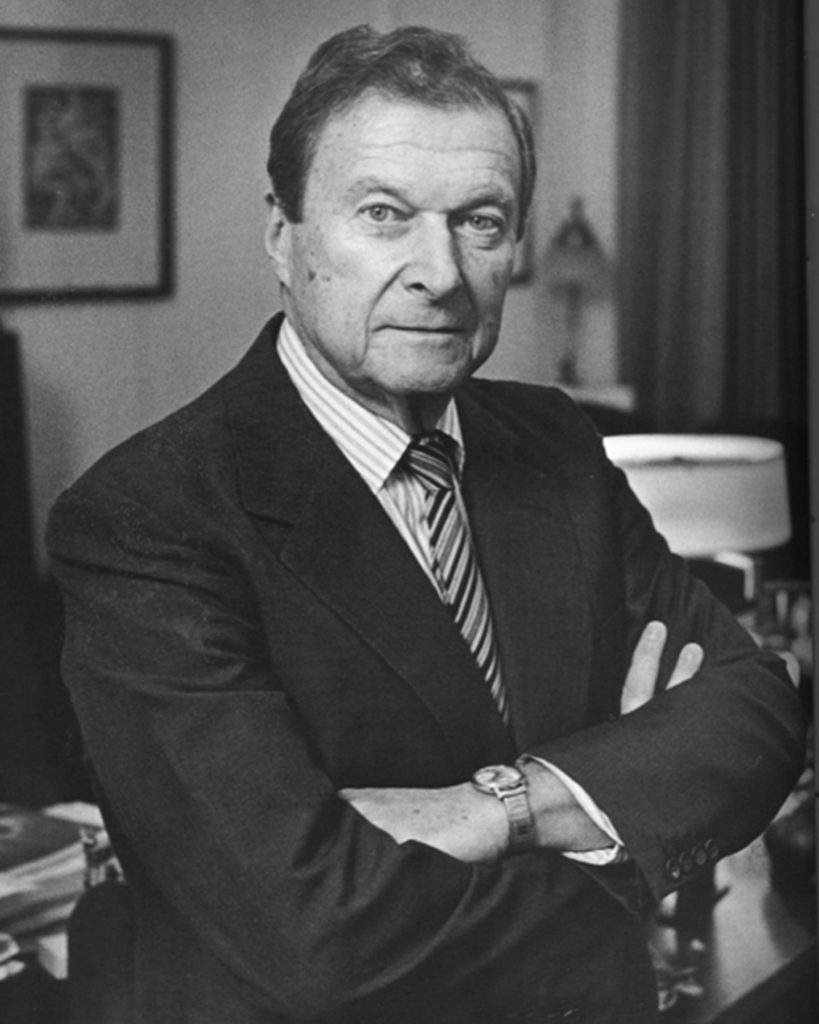
After spending the next four years as a research associate for the Yellow Fever Research Service in Rio de Janeiro, Brazil, Koprowski settled with his family in Pearl River, New York where he worked as a researcher at Lederle Laboratories. In 1948 Koprowski tested the polio vaccine he was developing, by swallowing a liquid (his vaccine) that included mashed rat brains infected with the live polio virus. By 1950 Koprowski had developed the first oral polio vaccine. The vaccine was administered in mass trials, including to nine million children in Poland and 250,000 children in what today is called Zaire. These trials proved effective, and thousands were saved from the crippling disease. Although his vaccine was never licensed for use in the United States, Koprowski’s pioneering work paved the way for Albert Sabin’s polio vaccine.
In 1957 Koprowski was recruited to be the director of the Wistar Institute at the University of Pennsylvania. He described the facility upon his arrival as “more a museum of skeletons than a site of research.” Koprowski was also a professor of research medicine and microbiology. Under his leadership, Wistar scientists developed the Rubella (German measles) vaccine, virtually eliminating the disease from much of the world. Along with his colleagues, Koprowski developed a more effective rabies vaccine than the one developed by Louis Pasteur, as well as an oral bait version for animals. During the late 1970s, Koprowski led the way in the development of the first functional monoclonal antibodies, which are used in cancer immunotherapy and to detect cancer antigens.
For his research achievements at the Wister Institute, Koprowski received the Philadelphia Award of 1989. When proposing Koprowski for the award, Dr. Luther W. Brady wrote that Koprowski “has probably done more to benefit mankind in general than any other current medical investigator [in Philadelphia].”
After thirty-four years as director of Wistar, Koprowski was dismissed by the institute’s board of trustees in 1991. He and the board sued each other in federal court, with Koprowski charging age and personal discrimination, and the board pointing to the institute’s deficit and the biomedical firm, Centocor, which Koprowski had cofounded. The issue apparently was whether scientists, or the university, should profit from discoveries. None could dispute, however, that Koprowski had transformed the Wistar Institute into a world-renowned center for biomedical research, with a staff that had expanded from 4 to over 150 scientists.
In 1992 Koprowski was hired by Thomas Jefferson University as the Director of the Center of Neurovirology and Biotechnology Foundation Laboratories, where he oversaw the development of new products for the treatment and prevention of diseases, including cancer, multiple sclerosis, and hepatitis B. At the age of 96 Koprowski continues to work as a researcher at Jefferson. His achievements represent the “particular role of Philadelphia scientists in the development of biomedical sciences” and his lifelong commitment to groundbreaking research in virology and cancer research.
1988
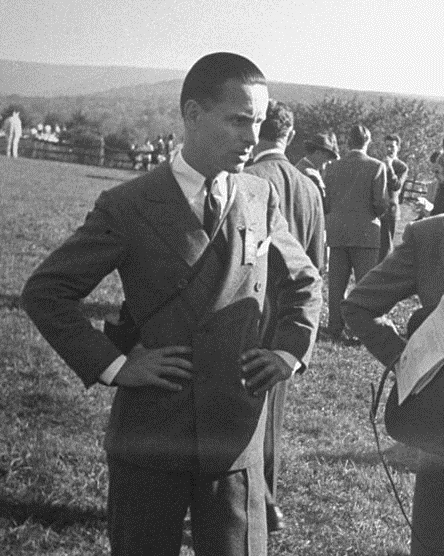
Strawbridge was the grandson of the co-founder of the Strawbridge & Clothier department store situated at 8th and Market Streets. After high school, Strawbridge worked at lower level positions in the store for nearly two decades, before serving twelve years each as company president, chief executive officer, and chairman of the executive committee. Under his direction the family-run company expanded from three to thirteen stores, and annual revenue increased to nearly $1 billion.
During the 1980s when locally owned department stores were being snapped up by Wall Street investors at a ferocious pace, Strawbridge thwarted a hostile takeover by investor Ronald Baron. Among his actions was to place a full-page newspaper advertisement declaring: “The Family is Not For Sale. More than 12,000 employees, over 3,000 shareholders, third-, fourth- and fifth-generation Strawbridge & Clothier descendants - we are a family.”
The Philadelphia Award was presented to Stockton Strawbridge in 1989 for his unremitting commitment, extending four decades, to renovate East Market Street from a dilapidated, decaying strip into a revitalized corridor of commerce. Strawbridge initiated and directed the Market Street East Improvement Association, whose mission was the beautification of the stretch of Market from City Hall to Sixth Street. Mayors of Philadelphia and civic leaders took his telephone calls and made trips to see him in the flagship store at 801 Market Street. His office displayed pictorial representations of “a transformed East Market Street.” Sketches depicted “a grand boulevard” embellished with attractive lights, punctuated with new trees and trash baskets, dotted with bus shelters, decorated with street signs and benches, and maintained “by a cadre of uniformed ‘marshals’ to keep it all pristine.” Strawbridge claimed that an “unimproved East Market Street” was “a Champs-Elysees in the rough.”
Strawbridge raised almost $14 million to achieve this vision. His persistence overcame the resistance of leaders in Philadelphia who thought the improvement project was folly. He frequently visited business owners along East Market Street to raise a $2 million maintenance fund to keep the street “clean and beautiful.” Strawbridge was also instrumental in bringing the Gallery 1 and Gallery 2 shopping malls to the street. The Market Street East Improvement Association became the model for the Center City District, as Mayor Edward G. Rendell and business leaders sought to replicate Strawbridge’s success to Center City in its entirety.
After learning of Strawbridge’s death, Rendell declared that Strawbridge was “one of the greatest Philadelphians in the history of the city…He was someone that understood the importance of giving back to the city.” Strawbridge’s attorney, Peter Hearn, recalled his surprise at seeing the elderly Strawbridge pick up a gum wrapper off Market Street. Strawbridge remarked to Hearn: “As the fellow who is leading [the initiative to improve East Market Street], I’m not above bending down to pick up a gum wrapper. We’re all part of this.”
1987
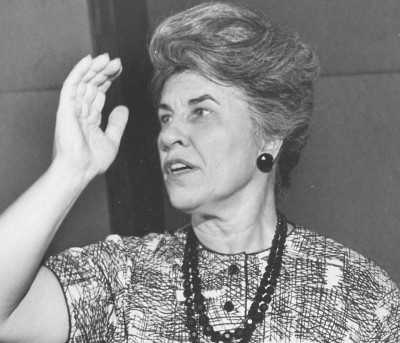
Brown had a connection with another Philadelphia Award winner, 1943’s Marjorie Penney. The Singing City Choir started during the mid-1940s as a 15-member community chorus directed by Brown at Fellowship House (the organization founded by Penney). Following Fellowship House’s mission, the choir was always multi-ethnic and multi-racial. It was meant to bring people together, not apart.
Eventually, it had 100 members from all parts of the city, at a time when the city was racially divided, with de facto residential segregation. The choir performed in all neighborhoods, at churches, schools, playgrounds, community centers, nursing homes, and even prisons. Standards were tough—Brown insisted on auditions each year, regardless of how many years a member had been with the chorus. Rehearsals were frequent, and the choir won the respect of professional classical musicians not just for its social mission, but for its quality. The chorus performed regularly with the Philadelphia Orchestra, and sang around the world, most notably perhaps in Israel and Egypt in 1974. The choir also toured in the American South, but refused to stay at hotels or eat in restaurants which would have forced them to accept separate racial accommodations.
While the Singing City may have been amateur, Brown certainly was not. She received a bachelor’s degree from Rider University’s Westminster Choir College in 1934, and then joined its faculty. She went on to earn a Master’s degree in 1945, and then headed the choral department, at Temple University’s Esther Boyer School of Music, prior to founding Singing City. When the duties of Temple and the Singing City proved to be too great, Brown quit Temple to concentrate on Singing City, to the dismay of friends who questioned her abandoning a secure income for such an uncertain quest. As it turned out, Brown was indeed able to earn a living, supplementing her income from Singing City by training choral conductors and guest conducting.
Brown returned to Temple as a professor of music in 1975, after an absence of twenty years. In 1970 Brown became the second woman to conduct the Philadelphia Orchestra. Singing City remains a thriving organization today, with an 115-member choir and educational programs for children and youth. Brown retired from Singing City in 1987.
Brown believed in bringing people together, but mostly she believed in the power of music. One of her memorable lines was “Music is the great gluer—it holds us all together.” This brings back the thought of that second Elaine Brown. Here are two people with the same name; both with musical roots in Philadelphia (the second Brown composed original music for the Black Panthers), yet their lives went in radically different directions. While the Conductor Elaine Brown brought people together, Panther Brown’s angry rhetoric was driving communities further apart. Perhaps that “glue” part was a music lesson the second Elaine Brown missed.
1986
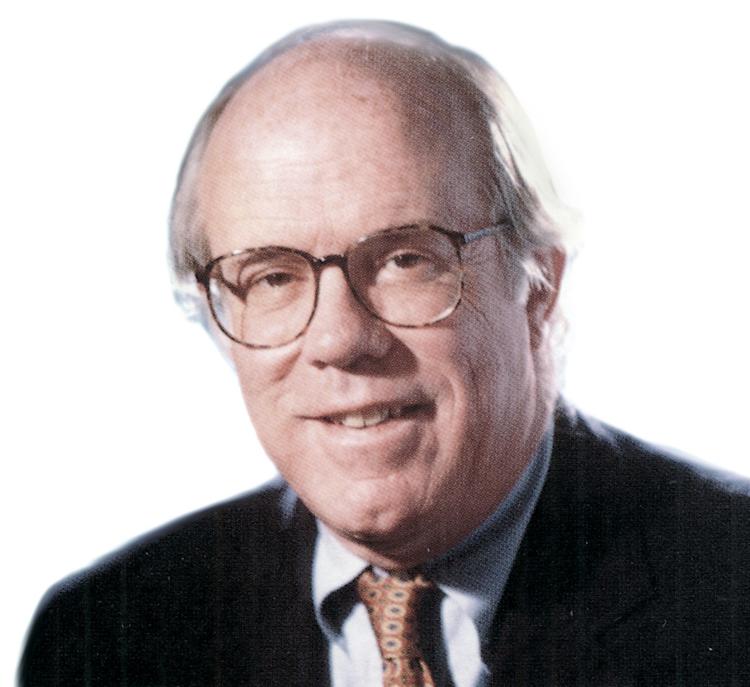
His father Willard Rouse and uncle James Rouse were influential real estate developers, owners of the Rouse Company. Rouse worked on occasion for the family business, but was determined to strike out on his own. His big break came when he was hired by a Los Angeles firm to develop several hundred acres of farmland in southern New Jersey near Philadelphia. He built an industrial park. The opportunity delivered Rouse to the Philadelphia area and earned him $80,000. With that money, he launched his own company in 1972. The firm, Rouse & Associates, mainly built industrial buildings in the Philadelphia area.
In the early 1980’s, Rouse promoted a development project, One Liberty Place, at the corner of 17th and Market Streets in Center City Philadelphia for which he became renowned. Prior to constructing One Liberty Place, there was a seemingly inviolable gentlemen’s agreement stipulating buildings within Philadelphia could not exceed the statue of William Penn that adorns the top of Philadelphia’s City Hall – in other words, 548 feet. One Liberty Place was designed by Chicago architect Helmut Jahn as a post-modern “grayish-blue glass-and-granite” skyscraper rising 947 feet.
His proposal encountered resistance from many of the city’s residents. A poll taken by Philadelphia Daily News of its readership showed that a bare majority – 53.3% - supported construction of One Liberty Place. When he proposed the project, Rouse did not purposely plan to abrogate the traditional building height restriction. Rather, he said, he wanted to avoid erecting “an ugly complex of buildings” to accommodate the city’s height limit. Among his opponents was Edmund Bacon, former planning director of Philadelphia, who severed his friendship with Rouse. City Council approved the project by a vote of fourteen to two.
Rouse won the Philadelphia Award in 1986 for having dared, and succeeded, at building the city’s first skyscraper, ending Philadelphia’s refusal to modernize its appearance and enhance its skyline. A frank-speaking, informal man, Rouse was a master organizer who thrived when working on complex, difficult projects that other developers avoided. In 1987 Rouse became chairman of the group, We the People 200, Inc., charged with organizing the city’s celebration of the bicentennial of the U.S. Constitution. The group had been faltering, but Rouse rescued the city’s celebration, which was hugely successful. In 1994 Rouse reorganized his business as Liberty Property Trust, which grew to be worth $4.6 billion with business in 10 states and the United Kingdom. Yet Rouse will be remembered mostly for his work in Philadelphia. He spearheaded the development of the massive Convention Center. He considered his greatest achievement to be the building of the Kimmel Center for the Performing Arts, arguably Philadelphia’s most distinctive modern building.
“’Bill was our champion. More so than anyone else, he could overcome Philadelphia’s all-too-frequent lack of self-confidence,’ said Peter Hearn, former chancellor of the Philadelphia Bar Association. As a developer and a civic leader, Rouse revised the skyline and direction of Philadelphia – upwardly.
1985

Washington was, in many minds, synonymous with the Church of the Advocate, a predominately Black, Episcopal congregation in North Philadelphia. But the influence of that church had implications beyond those borders. He was assigned to that struggling parish in 1962. By the time he retired in 1987 the church was not only thriving, but also had a $3.2 million community center named after Washington and his wife Christine.
In 1968 the Church of the Advocate hosted the National Black Power Conference; two years later it hosted the Black Panther Party convention. But it was 1974 that almost brought the national Episcopal Church to its knees. For Washington opened the Advocate’s doors to host the ordination of the first 11 women into the priesthood. The ordination was performed by three retired Episcopal bishops in defiance of church law. The Episcopal Church eventually changed its rules and recognized the ordinations in 1976. In 1980, at the request of U.S. Attorney General Ramsey Clark, Washington participated in an international peace conference in Iran.
On a more local scale, Washington served on the MOVE Commission that investigated the 1985 bombing of a house, and subsequent incineration of a neighborhood, in West Philadelphia. He was a supporter of the 1995 Million Man March in Washington, but a vocal opponent of the Promise Keepers movement. While both movements stressed male responsibility in the family, the Christian fundamentalist Promise Keepers insist that, according to scripture, the husband should be obeyed as head of the family. In 1996 he broke ranks with the Black Clergy of Philadelphia (and was on the opposite side of the Archdiocese of Philadelphia) when he supported domestic partner benefits for gay and lesbian city employees.
Even closer to home was the work that Paul and Christine Washington did for their neighborhood through the Advocate Community Development Corporation, rehabbing hundreds of housing units and reducing urban blight in North Philadelphia. Washington was a firm believer in the social Christian gospel. His successor at the Church of the Advocate put it this way: “Paul, first and foremost, no matter what arena he was operating in, was a priest. He did not function in a way that his identity as a servant of God and a servant of the church was ever confused. Everything he did flowed out of that.”
1984
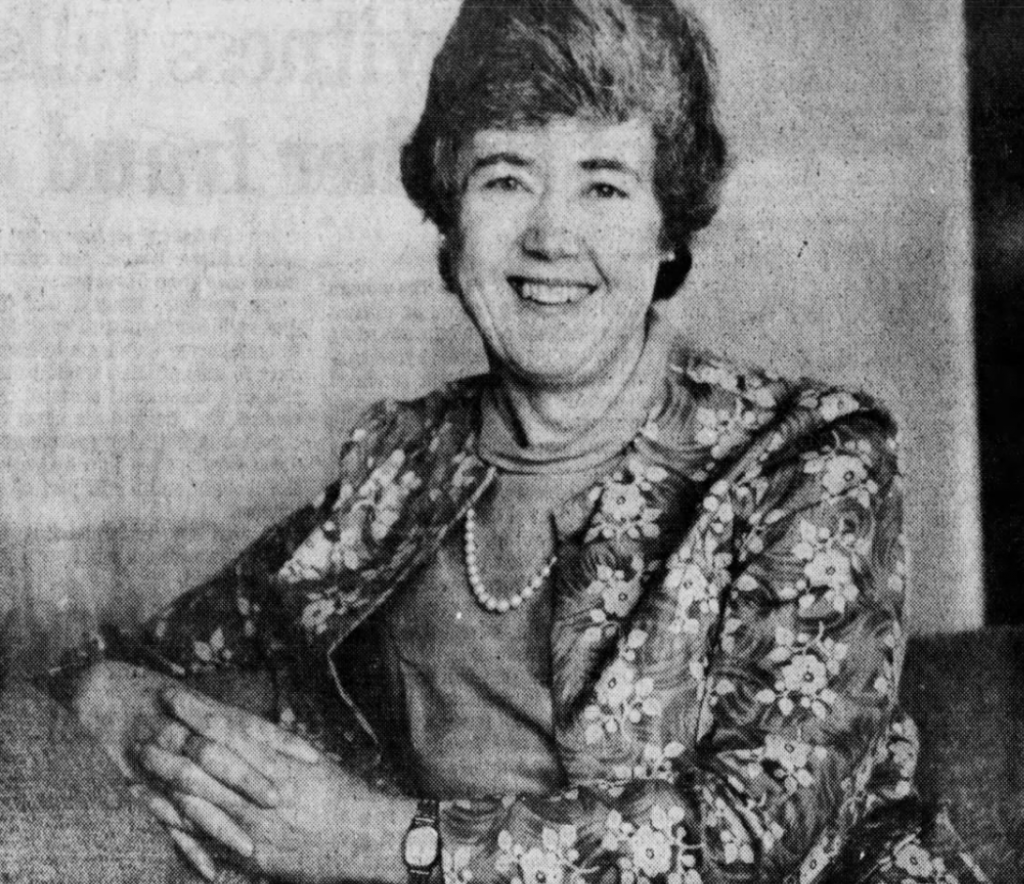
Allcock was leaning toward accepting a position in Nigeria until some friends of hers suggested another plan—purchase a house in a poor section of Philadelphia, and service the needs of the neighborhood. Inspired by the civil rights movement, Allcock took up the challenge, purchasing a house in Germantown. She and her friend, Joan Hemenway, founded what would later be called Covenant House. Hemenway became her lifelong companion.
Allcock noted, “We called it ‘the ministry of being there.’” In fact, no one knew she was a doctor for the first two years. Allcock and her colleagues tutored neighborhood children in reading, established a library for them, and later started a nursery school.
In 1965, Allcock secured her medical license as well as enough money to purchase some medical equipment. She placed her medical sign on the premises, and began accepting patients. She faced resistance at first, as people were not accustomed to a female physician. As Allcock recalled, “nobody believed it. Doctors weren’t women and doctors didn’t roller skate down the street. But the children knew me and trusted me, and they’d bring in their parents, and gradually we built up a medical practice.”
Covenant House thrived, and by 1985 was located in two houses on East Bringhurst Street, with nearby modular clinical units. The clinic had 32 full time staff members, including four physicians. Patients were charged on a sliding scale (based on their ability to pay), and the clinic ran on a break-even basis. In a 1984 article on hunger in Germantown, Allcock testified that a large number of the one thousand babies seen by the clinic each year showed signs of malnutrition.
By 1985 Allcock’s principal activities had changed, from her early days as an active physician to being Covenant House’s executive and medical director. As she noted, “I traded in my stethoscope for a calculator.” Allcock raised funds to support the operating expenses of Covenant House.
Allcock served as the director of Covenant House Health Services for 25 years. She later earned an M.A. in Landscape Design, and relocated to Connecticut. Allcock became an activist in the Guilford Conservation Commission from 2004 to 2010, including serving as its chairperson for five years. Allcock led many conservation initiatives in the town of Guilford, CT, including establishing a research orchard for the purpose of developing “a blight resistant Chestnut Tree.” She also served as a director of the American Chestnut Foundation’s Connecticut chapter. In 2010, Allcock planned on returning to Pennsylvania.
In presenting her the 1984 medal, the Philadelphia Award committee praised Allcock as one who “has set a model for health care practitioners and institutions throughout Philadelphia and beyond.”
1983
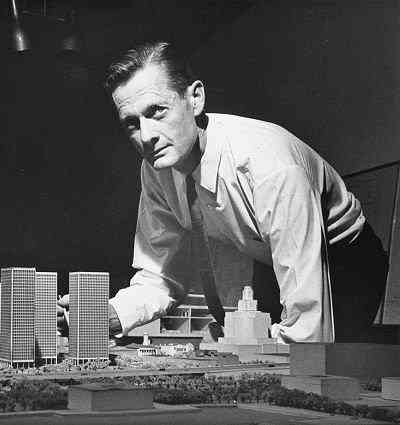
Bacon graduated from Cornell University’s School of Architecture in 1933. With the economy in the grips of the Great Depression, Bacon used a $1,000 inheritance to travel around the world. While in Egypt, Bacon learned that there was a building boom in Shanghai, China. He obtained employment designing public and private projects in Shanghai. After his stint in China, Bacon studied city planning at the Cranbrook Academy of Art in Bloomfield Hills, Michigan. He was a city planner in Flint, Michigan, and then director of the Housing Association of the Delaware Valley, before serving in the Navy during World War II.
In 1946 he began working for the Philadelphia City Planning Commission, a new agency which he had helped create. Bacon was appointed executive director in 1949. Advising four mayors who won and lost elections, Bacon remained a fixture with the planning commission until his retirement in 1970. He remained active as a planning consultant. The Philadelphia Award was presented to him in April 5, 1984 for being “a pioneer in urban revitalization, a person with a creative mind and spirit and one who has earned the gratitude of the people of Philadelphia and its environs.”
The city planning commission did not wield political power, so Bacon used persuasion and savvy to bring his ideas to fruition. His planning involved the center, west and northeast sections of the city, but he is best known for a residential neighborhood, an office development, and a retail commerce site – namely, Society Hill, Penn Center, and The Gallery and Market East, respectively. Under Bacon’s direction a low-income neighborhood with deteriorating colonial and Victorian era housing was transformed into what became known as Society Hill; a massive stone viaduct, a.k.a. the Chinese Wall, was torn down, and replaced with the office buildings of Penn Center; and businesses (via Market Street East and The Gallery) were introduced to the rundown area east of Market Street. He was also instrumental in the creation of Independence Mall.
A nationally influential figure, his vision for the city is captured in his essay, “The City Image,” published in Man and the Modern City (1963). Bacon argued that the city image must be sharp and clear but, above all, consider the human beings populating the area. Creating a humane city is achievable, Bacon believed, if city planning avoids abstraction and focuses on the environment that real people inhabit. He envisioned a city (with the focus on Center City) that would be clean, appealing, and symmetrical, with thriving businesses and offices, historic architecture, and plenty of open spaces. Blueprints for designing post-industrial cities were not available to him, so his hypotheses were based on his “field experiences in city rebuilding.”
Bacon had his critics—community activists decried the gentrification of Society Hill as unjust to the poor; historic preservationists charged that he had historic buildings torn down for his projects; advocates of “mixed use” design criticized his planning for being overly formal. Yet however imperfect, Bacon was a pioneer in the continuing revitalization of Philadelphia from a declining, deteriorating post-industrial city into a renewed, vital, modern metropolis.
1982

Raised in Buffalo, New York, Johnson and her husband Rod, adopted their first child in 1967. Loie was a newborn of Iranian-American descent. The Johnsons fell in love with the baby immediately. After moving to Philadelphia in 1968, the Johnsons struck again by adopting Gregory, a mixed race infant of eight months, and Dennis, a black child of sixteen months. During the 1970s Johnson experienced the trials and joys of raising a multi-racial family. She organized the Open Door Society, a network of bi-racial families that strove both to support the parents and to ensure that their children had ample opportunities to learn of their own cultural heritages.
Johnson soon realized, however, that there was more to be done. She founded the Delaware Valley Adoption Council, with Paddy Noyes, a newspaper columnist and fellow adoptive parent. Their first project was when they proposed what eventually became, “Friday’s Child,” a column in the Philadelphia Inquirer that showcases a child up for adoption in hopes that a wanting family would see him or her and inquire. At first the process was slow. Many adoption agencies were unwilling to put their children in the news media, fearful that advertising children in this way was ethically suspect. Undaunted, Johnson and Noyes pressed forward and convinced two adoption agencies to allow some of their children to be posted in the Philadelphia Evening Bulletin. The response from prospective adoptive parents was overwhelming, and the column is now a major tool in the adoption process.
Still, Johnson, wanting to do more on behalf of “hard-to-place” children, founded the Delaware Valley Adoption Resource Exchange (DARE) in 1972, a multifaceted agency and umbrella organization that focused on matching children with prospective adoptive parents. In 1975, the Adoption Center of Delaware Valley was formed, with Johnson as its executive director, and DARE as its most important program. The expanded organization was also active in community outreach and policy advocacy. By 1983 the organization had placed over 800 children.
The largest boost to the center came in 1983, when the center received a $350,000 grant for a national website to facilitate their work online, which would be called, “FACES of Adoption: America’s Waiting Children,” (adopt.org). The center essentially was transformed into the National Adoption Center and was officially partnered with the federal Department of Health and Human Services. As a result of Johnson’s efforts, twenty thousand children were adopted.
At her award ceremony, Johnson reminded the crowd that many children “still wait and dream of becoming permanent members of families.” In a 1999 interview, Johnson said: “There are 110,000 kids out there, free to be adopted…We truly believe that there are no unwanted children, just unfound homes.” In 2004 Johnson left a thriving organization behind when she retired as executive director of the National Adoption Center.
1981
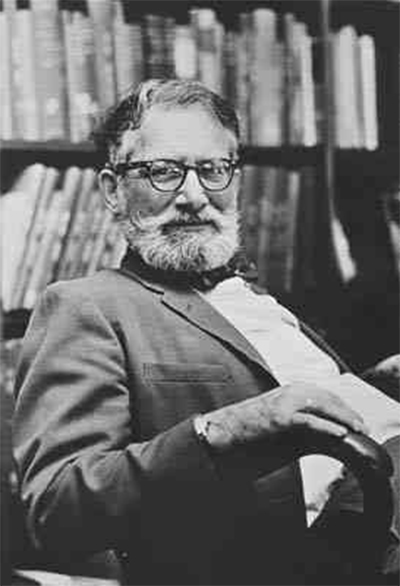
Wolf was a gifted student who graduated at the age of fifteen from the William Penn Charter School in Philadelphia. He continued his secondary education with “three years of polishing” at the Bedales School in England. He credited the classical liberal education he received there for his ability to adapt to diverse academic fields in his work.
Upon returning home in 1930, his father Morris Wolf, a leading Philadelphia lawyer, arranged for him to work at the rare-book firm of A.S.W. Rosenbach, one of the world’s premier antiquarian book dealers. “What a wealth…of treasures I handled…scrutinized, marveled at, and sometimes read,” Wolf recalled, “ranging from a twelfth-century manuscript with carved and painted oak covers…to the manuscript copy of the Declaration of Independence Benjamin Franklin sent to Frederick of Prussia.” “For over two decades I worked in the shadow of Dr. Rosenbach, the boy in the back room” who wrote and edited the firm’s printed catalogues. His prolific and stylistic contributions to the catalogs and other publications earned him the reputation of a respected scholar in the rare-book world.
In 1952 Wolf left the Rosenbach firm and was hired as a consultant to the Library Company of Philadelphia. His survey unearthed innumerable rare books, pamphlets, and prints, unrecorded in the card catalogue and unknown to the board of directors, including works by Benjamin Franklin and Thomas Jefferson, and the copy of Du Pratz’s History of Louisiana that Merriwether Lewis had carried with him during his expedition. His report to the Board was “unequivocally upbeat” – and in 1953 Wolf was hired as Curator, and in 1955 as Librarian, to implement his own recommendations.
Under Wolf the library was moved from its deteriorating, damp facility at Broad and Christian streets to its current location at Juniper and Locust. The massive library of contemporary fiction and biography, acquired to make the library relevant to the public, was discarded. A new cataloguing system for shelving and recording the library’s holdings was introduced. Wolf’s passion for rare-books compelled many prominent Philadelphia families to donate their private collections. He shrewdly purchased books and manuscripts on subjects not in demand in the rare-book marketplace, including books and manuscripts by or about African-Americans. Wolf further established the library’s reputation through lectures and publications, including, rich in prints and photographs, Philadelphia, Portrait of an American City (1975).
Popular exhibitions at the Library Company, curated in large part by Wolf, included “Bibliothesauri: or, Jewels from the Shelves of the Library Company” (1966), “Negro History, 1553-1903” (1969); and “A Rising People: The Founding of the United States” (1976). The accomplishments of Edwin Wolf II, or as he preferred to call himself, “Dinosaurus Bibliothecarius,” were celebrated in “The Wolf Years” (1984), featuring the acquisitions he secured, his exhibitions, and his writings.
Wolf admired, and successfully modeled himself upon, the great librarians he had known, such as Clarence Brigham at the American Antiquarian Society—“consummate rare-book men, autocratic individualists, who in their way made great libraries greater.”
1980
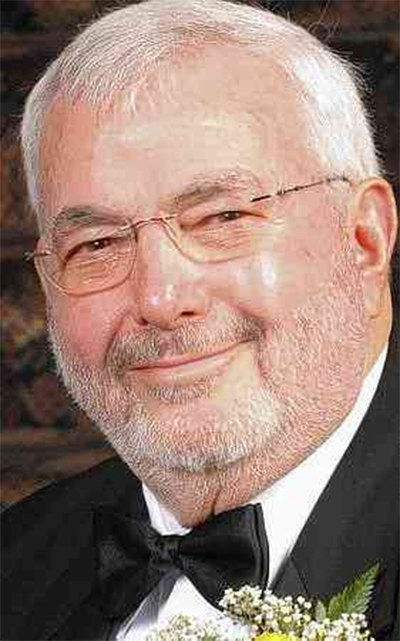
Since then the Foundation has grown to include Dream Village (a 22-acre complex to house families of children who are visiting one of the Orlando theme parks); Dreamlifts (a chartered airplane service to enable children, who cannot stay away from medical care or home for more than 24 hours, to have a daytrip to one of the Florida theme parks); and Progeria Reunions. Hutchinson-Gilford Progeria Syndrome (HGPS) is an insidious rare genetic condition which causes physical changes that resemble accelerated aging in children. The Reunions are week-long getaways for fun and friendship. The foundation has come a long way from when Sample had to take out personal loans to fund the projects. In 1983 Sample retired from the police force to devote himself full-time to his work as president of the foundation.
Like all things that grow, the Sunshine Foundation has had growing pains. In 1987 the foundation came under investigation by the attorney general’s office for mismanagement. No charges were filed. Sample’s defenders asserted that he was a former cop with a big heart, not an accountant. Sample rode out the rocky times, still serving as president. Sample did step down in 2009 and now has the title of President Emeritus. His wife, Kate, serves as president of the foundation.
His legacy speaks for itself. The Sunshine Foundation (now based in Feasterville) has granted the wishes of over 34,500 children, funneling 85% of all donations directly to children’s programs. The American Institute for Philanthropy now lists it as a top-rated charity. Aside from the Philadelphia Award, Sample has received many other awards, including President Ronald Reagan’s Volunteer Action Award and the Please Touch Museum’s Great Friends to Kids Award. Villanova University granted him an honorary doctorate.
1979
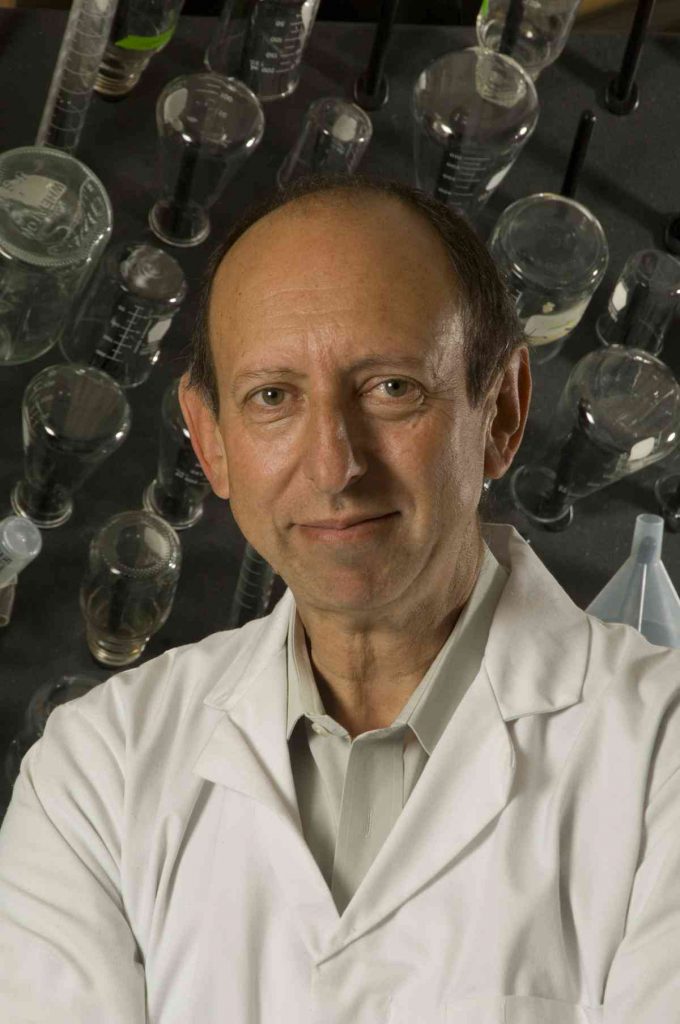
Pneumococcal pneumonia was a major killer of the elderly and chronically ill. At the time of his research, over 90 strains of pneumococci had been discovered. What Austrian did was identify those types that most frequently caused disease. His 1977 vaccine contained antigens of 14 serotypes (serotypes are distinct variations of a bacteria or virus). In 1983 he introduced an improved version of the vaccine, containing 23 serotypes, which accounted for 85% of the infections associated with pneumococcal pneumonia. All his research developing the vaccine took place at the University of Pennsylvania, where he was on the faculty since 1962. Ever seeing the need to perfect the vaccine, up to the week he died, Austrian was testing strains of pneumococci sent to him from doctors around the world.
Austrian was no stranger to infectious diseases. His father, Charles Robert Austrian, studied infectious diseases as a professor and internist at John Hopkins University. After graduating from Johns Hopkins Medical School, Austrian studied pneumococcal infections under Dr. Barry Wood. During World War II Austrian served in Fiji, treating casualties. It was at this time that he also worked on research to treat malaria. He then went to Burma to study typhus.
After the war Austrian challenged the prevailing medical wisdom that, with the introduction of penicillin and other antibiotics, pneumococcal infections had become a minimal danger to patients. While an internist and scientist at Kings County Hospital and the State University of New York in Brooklyn, Austrian, with Jerome Gold, demonstrated that pneumococcal infections often went undiscovered by standard testing, remained commonplace, and often resulted in mortality. Austrian’s contribution in fighting pneumococcal infections was thus two-fold—first proving the need for a vaccine, and then developing a vaccine that saved hundreds of thousands of lives.
Always the professional, Dr. Austrian was known to never being seen without a jacket and tie. Professor Stanley A. Plotkin wrote of Austrian: “If there is one word that summed up the man and the physician…it was elegant: elegant in person, elegant in thought, and elegant in action.”
1978
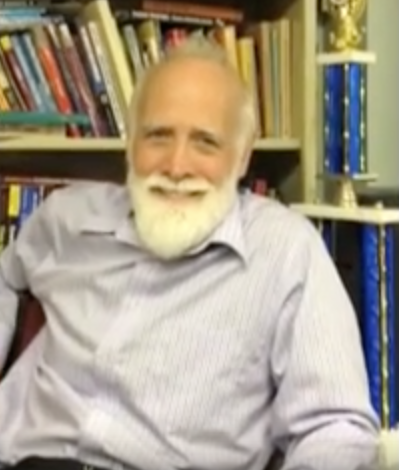
But like most devoted teachers, these men spent a good deal of their personal free time (and disposable income) coaching the teams, sponsoring trips, and mentoring the students. Chess does so much for a young person, by promoting patience, planning, and analytical thinking. These skills are especially valuable for young persons faced with seemingly limited choices and options. Moreover, studies have shown that students who play chess develop significantly higher math and reading scores (and better grades) than control groups that do not play chess. And winning builds confidence.
At the time the award was made, the chess team at Vaux Junior High, under Sherman, was preparing to go to Yugoslavia for a rematch (hoping to tie up their 0-1 loss to students from Belgrade, whom they had played via satellite). With no financial support from the Philadelphia School District, while in Belgrade the students stayed at the homes of host families. Although losing to the Yugoslavians, the Vaux team had won four city championships, three state championships, and two national championships. Shutt’s chess players were no slouches either. Founded in 1971, his team had placed nationally and many of its team members had gone on to join the Vaux team. Shutt had his young players practicing two hours a day.
By 1983 the Vaux team, dubbed in 1977 as the Bad Bishops (the Douglass team was a tamer Mighty Pawns—the inspiration for a 1987 PBS Wonderworks telemovie of the same name) and by then under another coach (Sherman left in 1979), had racked up eight national championships (seven consecutive, 1977-1983). By 1987 the Mighty Pawns had won twelve straight elementary school titles. Shutt said of competitive chess: “Turn kids on to chess, and you’ll see they love the strategizing, the scheming. Take a high-energy kid and give him a competitive thing, and he’ll stay rooted to the spot.” Shutt, who became a faculty member in the Mentally Gifted Program at the Julia Masterman School, set up a chess team at Masterman, which has traveled to tournaments in Israel and Iceland. He is a leading advocate of the advantages of competitive chess for students.
The Award Committee gave the prize to the two teachers “for demonstrating to us the nobility of teaching when we often are lost in the troubles that beset its institutions; for removing the blinders from youth so they can see the possible horizons; and for helping the rest of us to understand that all our youth have potential and deserve our encouragement and support in exercising their brain power.”
1977
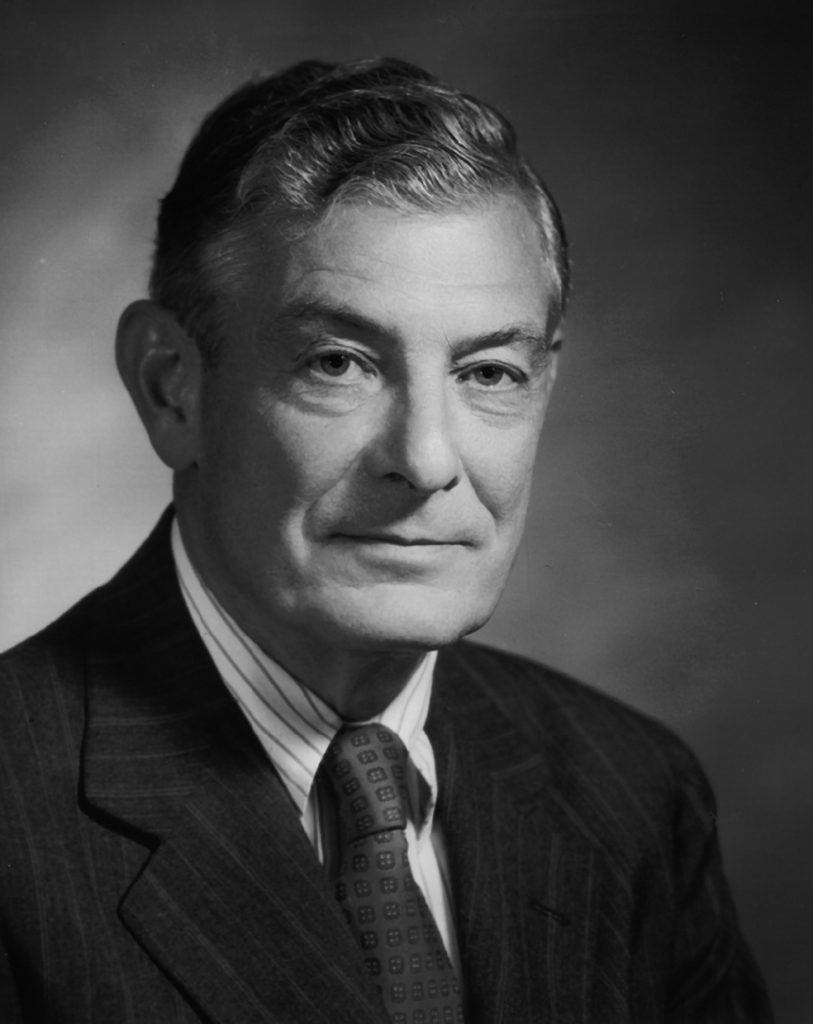
This was both a new, yet logical role for Rauch, given his past experience in civic engagement. Until that time Rauch was more likely known as the head of Philadelphia Saving Fund Society (PSFS), which he presided over as president or chairman for twenty-five years until his retirement in 1979. He was also a respected figure in the business community, who had played a vital role in the revitalization of Society Hill, the development of Penn’s Landing, and the establishment of the historic district. He was contacted by civil rights activist Cecil B. Moore, who told him that the business community had to act quickly to avert riots.
Calling itself the Good Friday Group, the group that formed was an uneasy coalition of white business leaders, black moderates, and black militants which first met in the board room of PSFS. Rauch committed $1 million from businesses to spend on projects developed by the black community focusing on job creation and social services. A determined Rauch then raised the money quickly. William Eagleson, a friend of Rauch’s and fellow banker, stated about this time: “Stew brought to the table a personal presence and integrity that engendered trust among the highly diverse people who had gathered with feelings of suspicion, anger, and even hate. It was Philadelphia’s great good fortune that he was in the right place at the right time.”
Under Rauch’s leadership, the Good Friday Group took on another morsel—literally. The Tastykake Company in the 1960s only hired African-Americans for menial positions. The Rev. Leon Sullivan (the 1965 Philadelphia Award winner and a member of the Good Friday Group), organized a boycott of that company. There were members of the business community who wanted to remove Sullivan from the Group because of this activity. Rauch not only blocked the removal effort, he also sponsored a Group vote to provide financial assistance to Sullivan for the boycott. The pro-Sullivan forces prevailed.
Rauch received the 1977 Philadelphia Award for his leadership of the business community. Judge A. Leon Higginbotham, who had chaired the meetings of the Good Friday Group, saluted Rauch for his longstanding concern and efforts to address the “unmet human needs” of the city. When presenting the award to Rauch, Higginbotham declared, “When you check the major agenda for the physical and human improvements [in the city] during the last 25 years, most often Stewart Rauch has been a key catalyst.”
Economic disparity, racial unrest: what other battles would Rauch have to tackle? The last one involved, perhaps oddly enough, his daughter Sheila. In 1979 Sheila Rauch had a much publicized marriage to the son of Robert F. Kennedy, Joseph P. Kennedy III. Yet after 12 years the marriage ended. But it didn’t just end; Joseph Kennedy sought an annulment from the Catholic Church, stating (basically) that the marriage never occurred. Kennedy succeeded in his endeavor, but not without the objections of Sheila who took her ecclesiastical appeal public and wrote a book about it: Shattered Faith. This must have been such a difficult time for Stewart Rauch and his wife Frances, who had, by all accounts, a loving 60-year marriage. As in many cases of a long, happy life together, Stewart passed away just two weeks after Frances.
1976
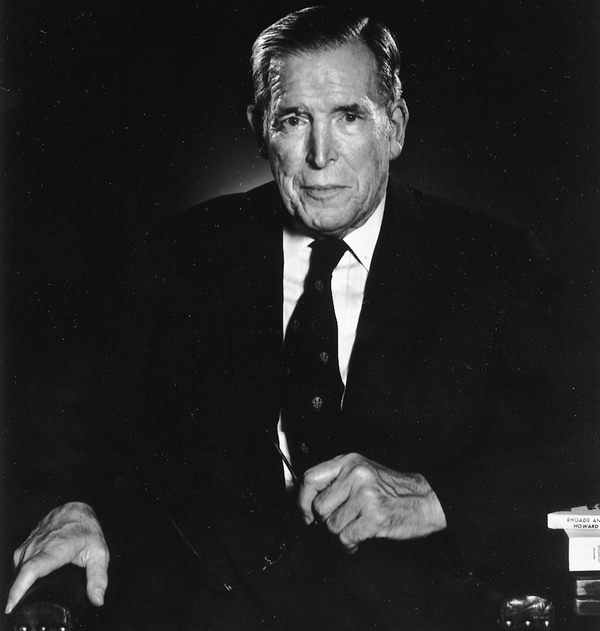
Rhoads worked for organizations that were founded by Benjamin Franklin. He was the president of the American Philosophical Society (1976-1984) and chair of the department of surgery (1959-1972) at the University of Pennsylvania, where he had been a surgeon at the university hospital since 1932. Rhoads was provost of the university (1956-1959). At various times, he served as president or chairman of virtually all of the professional organizations for surgeons. The frequency with which he was chosen for leadership positions reflected his reputation for getting things done. Rhoads credited his practice of Quaker consensus building with his success as a leader. He described his technique: “…there are two times when you can speak most effectively in a group. One is when the thing starts off, and sometimes if you then take a strong position, it doesn’t solve the controversy but it sort of directs it. The other way is to wait until the discussion is pretty well advanced and see whether you can find a solution that will reconcile enough points of view to prevail.”
It was his work in the medical field, and primary care surgery, for which he is most remembered. He was a leader of the American Cancer Society, and for twenty years was editor of its journal, Cancer. Appointed by President Richard Nixon, Rhoads chaired the National Cancer Advisory Board from 1972 until 1979. As a professor in the Medical School, Rhoads was renowned as a trainer of surgeons—eleven of his students became chairs of surgery at other medical schools.
As a researcher, Rhoads published over 400 scientific articles in his career. His research focused on problems of nutrition among hospital patients. He began experimentation on this subject during the 1930s, worked on it for decades with colleagues, leading to the invention in 1966, with Dr. Stanley Dudrick, of the practice of intravenous hyperalimentation. This technique involved the puncture of the subclavian vein and enabled feeding of patients who could not tolerate standard intravenous feeding. This major medical breakthrough saved the lives of thousands of patients who were unable to eat.
His work ethic was astounding. He technically never retired. Well into his nineties Rhoads was attending meetings, giving lectures, and writing. Two weeks before his death he was in his office tending to business. His biographers Donna Muldoon and John Rombeau give an example of his fortitude: on a particular day in 1996 Rhoads attended a 7:00 a.m. medical conference at Penn; later that morning he was in Center City attending another meeting; by noon he was at the American Philosophical Society; at 4:00 he was back at Penn for another lecture and dinner. The next day he flew off to Rome for a joint meeting of the APS and the Academia Nazionale dei Lincei. Later he attended a reception at the American Embassy and had an audience with the Pope. The next day he and his wife flew to Sicily to go sightseeing. This was when he was 89.
1975

During his tenure Crawford increased the number of Philadelphia’s recreational areas from 94 to 815, including 84 pools, 47 recreation centers, and nearly 400 parks and playgrounds.
When he retired in 1981, Mayor Bill Green said “I will tell you now who will take his place. Nobody, because nobody can.”
A recognized leader in his field, he served as president of the National Recreation and Park Association and co-founder and executive director of the National Recreation Foundation—the latter now awards an annual Robert W. Crawford Achievement Prize to individuals who make an extraordinary contribution to recreational activities for at-risk youth.
1975
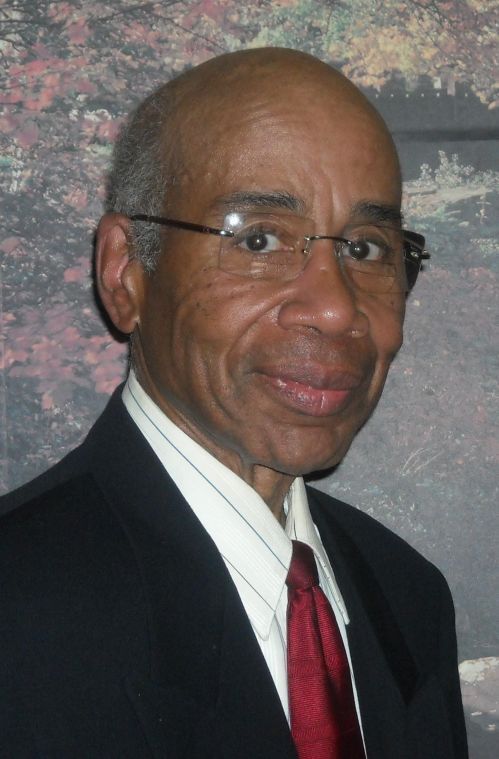
He went on to found the Dental First Corporation, which is now run by his daughter, Dr. Renee Fennell Dempsey. Besides his work in dentistry, Fennell was a social activist. He founded Interested Negroes Incorporated, an organization of volunteers providing career counseling to junior high students. From 1967 until 1982 this organization served over 1500 children per year.
In his later life, he has had to deal with the effects of Lupus. In his autobiography, Reflections of a Closet Christian: A Basic Primer for Life, he writes: “I am a separate and unique individual like no other that God has created.
I feel that I am the culmination of the genes of all my fore-parents arranged in a specific pattern. Every person born can make claim to the same thing, so I’m not so special.” But what Dr. Fennell did with his life was indeed special.
1975
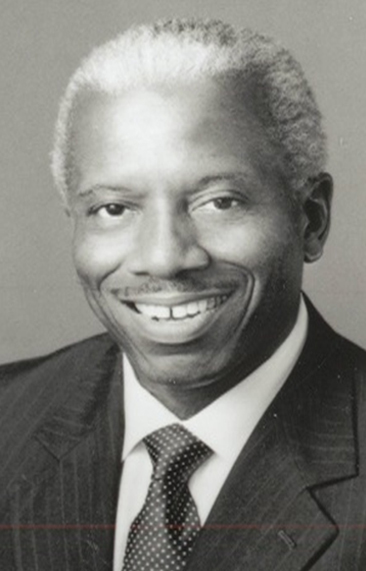
This former gang member, turned gang-patrol cop, turned gang-ministering crusader, acquired a reputation for fearlessness when confronting gang members and drug dealers. After a life as a troubled youth, Floyd reformed his ways, eventually joining the Philadelphia police force, specializing in juvenile aid, community relations, narcotics, gang control, human relations and the morals squad.
A thirteen-year police veteran, Floyd left the force to found the Agape Christian Chapel in Germantown in 1972. Most Philadelphians did not know the church, but they knew its van, outfitted with a stuffed torso sitting up in a coffin with the message: “Take Dope and End up a Dummy.”
Floyd is a relentless crusader (again literally—he founded Neighborhood Crusades, Inc.) against drug dealing, absentee fathers, street crime, and, of course, gangs. He has produced and directed films and commercials depicting the horrors of drug addiction and gang violence.
Floyd has received numerous awards, including Philadelphia Outstanding Policeman (1968), Philadelphia Tribune Humanitarian Award (1971), and Prince Hall Grand Lodge Free and Accepted Masons’ Man of the Year (1977).
1975
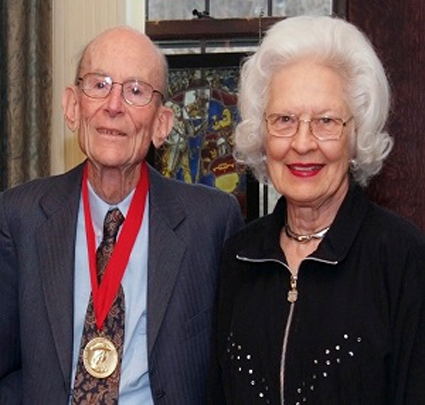
Haas steered the Balch Institute to provide educational programs which would promote better intergroup understanding, particularly in Philadelphia. He was an active supporter of the United Way of America and chair of the Boys and Girls Clubs of Philadelphia.
In 2006 Haas and his wife established the Stoneleigh Foundation to serve the needs of vulnerable and underserved children and youth. Besides supporting the Balch and HSP, Haas was instrumental in establishing the Chemical Heritage Foundation (a research center for the history of chemistry) in 1982.
Haas and his wife both received the 2009 Founder’s Award from the Historical Society of Pennsylvania.
1975
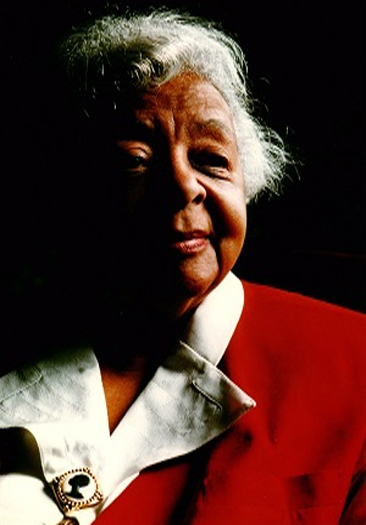
Adecade later, Hayre returned and was hired as the city’s second African-American junior high school teacher. Hayre went on to be the city’s first African-American high school teacher, first African-American principal, first female African-American district superintendent, and first female president of the board of education
She received her bachelor, master and doctorate degrees, all from the University of Pennsylvania. As a principal Hayre established WINGS (Work Inspired Now Gains Strength), a program which encouraged students to discover their talents through college preparatory classes and diverse cultural experiences. After retiring from the school district she turned to philanthropy.
Inspired by millionaire Eugene Lang’s venture providing college education for at-risk youth, Hayre started and personally financed the Tell Them We Are Rising Fund at Temple University. This fund “adopted” 119 middle school students from North Philadelphia and guaranteed their post-secondary school tuition if they graduated from high school.
Nearly half of this cohort went on to two or four-year colleges or technical school. Hayre, wrote, together with Alexis Moore, her autobiography, Tell Them We Are Rising: A Memoir of Faith in Education (1997).
1975
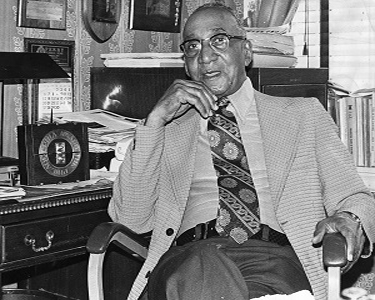
The league primarily supported desegregation, for both students and teachers, in the Philadelphia public school system, as well as another famous, albeit private, Philadelphia educational institution—Girard College. Logan and his organization were instrumental in helping fellow Philadelphia Award winner Ruth Hayre obtain a secondary school teaching position in the district.
Hayre had passed the written exam but when she went before a panel of all-white school principals for the oral exam, she failed. Hayre and Logan challenged their decision and received permission for a retest with a racially mixed group of educators, which she passed.

About The Philadelphia Award
E dward William Bok’s life embodied the classic American immigrant story. His legacy as an editor and author, a philanthropist and community leader, continues to serve as a model and beacon for the Philadelphia region and beyond. Born in Den Helder, Netherlands on October 9, 1863, Bok immigrated to the United States with his family when he was seven years old. After completing his education, he began a swift rise through the publishing industry.
In 1921, Bok created The Philadelphia Award - among the most cherished, meaningful and prestigious awards conferred in, by and for the Philadelphia community. The award is given each year to a citizen of the Philadelphia region who, during the preceding year, acted and served on behalf of the best interests of the community. In establishing the Award, Bok wrote, "service to others tends to make lives happy and communities prosperous." He believed that "the idea of service as a test of good citizenship should be kept constantly before the minds of the people of Philadelphia."
The Trustees of the Philadelphia Award wish to acknowledge and thank the Historical Society of Pennsylvania for its work in compiling and completing the histories on many of the individuals who have received the Philadelphia Award over the years. The Historical Society of Pennsylvania also houses the archival records for the Philadelphia Award, as well as other historical and archival materials documenting the history of Philadelphia and Pennsylvania. For more information, please contact them at: www.hsp.org.




